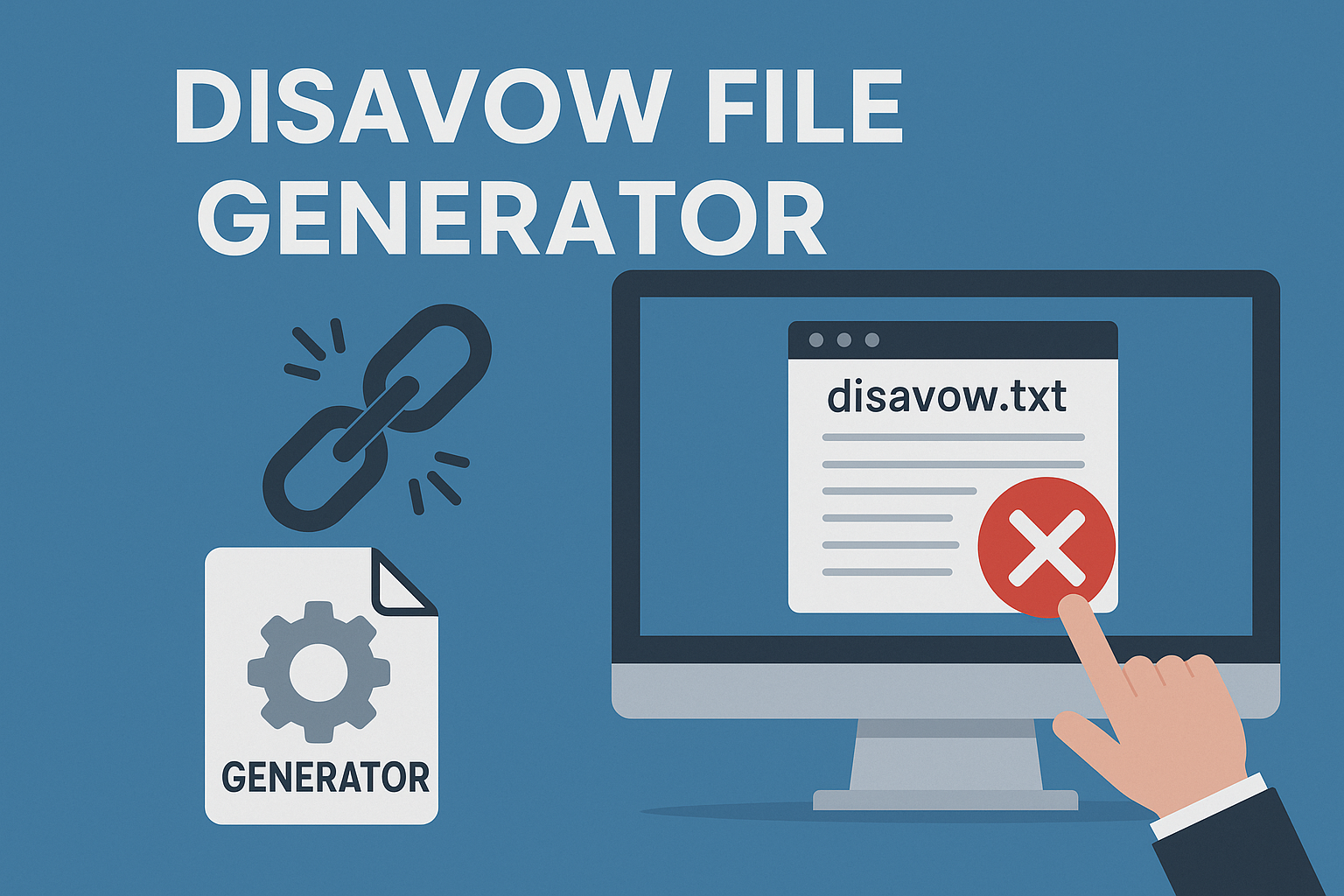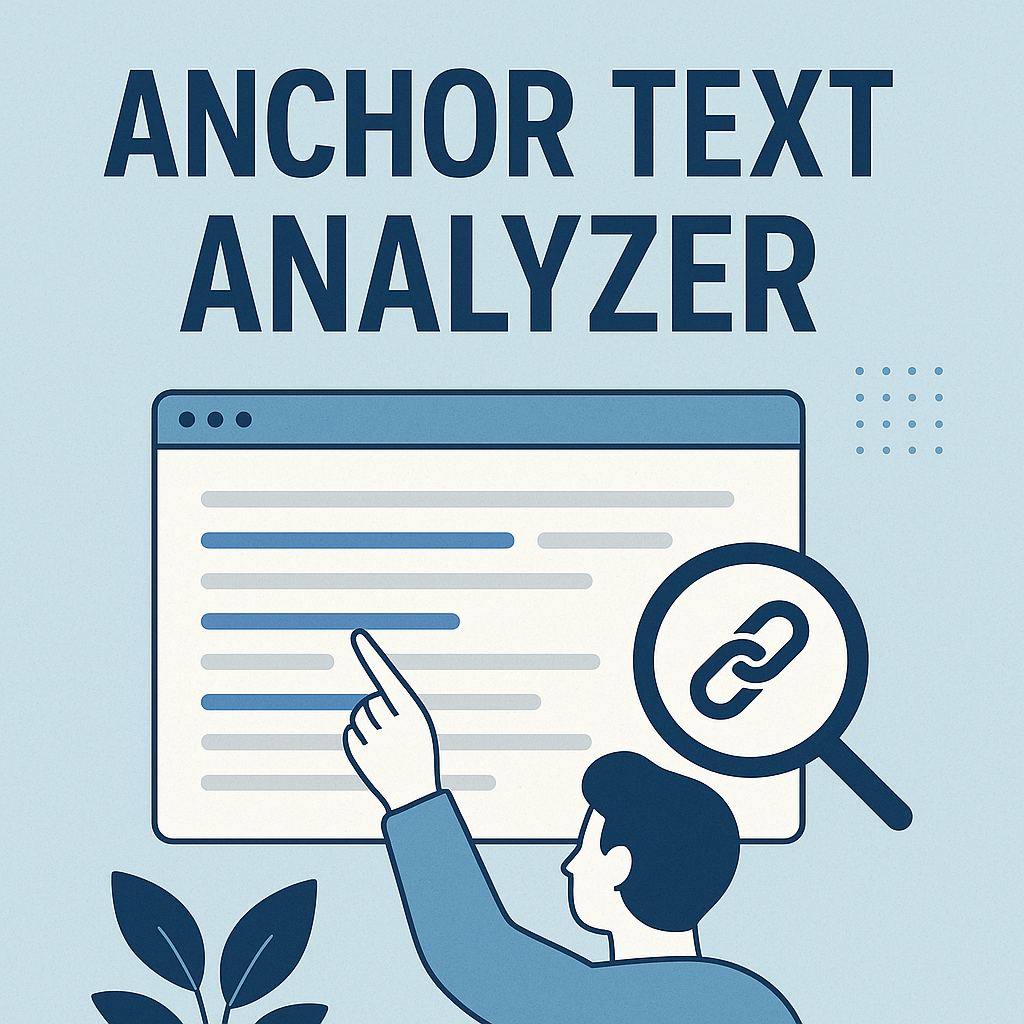Finding renters in today’s digital world starts with one simple truth: 87% of housing searches begin online. With four out of five prospects relying on search engines to discover their next home, properties that lack visibility risk losing leases to competitors. Yet most communities struggle to rank above third-party platforms like Zillow or Apartments.com, which dominate search results for generic terms like “apartments near me.”
The challenge is clear. Listing sites often outrank individual properties, while renters expect instant access to floor plans, pricing, and amenities. Without a strategic approach to search engine optimization, even well-designed websites can get buried beneath pages of results.
This guide focuses on practical solutions. You’ll learn how to prioritize local search tactics that align with how modern renters browse, create content that answers their questions, and fix technical issues that hurt your rankings. These steps work together to reduce dependence on costly listing services while attracting motivated prospects earlier in their journey.
Key Takeaways
- 87% of renters start their housing search online, making digital visibility critical
- Third-party platforms dominate search results, creating fierce competition
- Effective strategies combine local SEO, content creation, and website optimization
- Strong rankings reduce reliance on paid listings and attract qualified leads
- Actionable tactics can be implemented immediately for measurable results
Understanding the Apartment SEO Landscape in 2025
In 2025, the battle for renters’ attention online has reached new heights. Google now restricts domains to two organic listings per search results page, leveling the playing field against rental giants. While platforms like Zillow still dominate broad terms like “studio apartments,” this shift opens doors for properties that master niche strategies.
Market Trends and Challenges
Third-party sites thrive on short-tail keywords but struggle with hyperlocal queries. A property targeting “pet-friendly apartments near downtown Austin” now competes more effectively thanks to updated ranking rules. However, standing out requires more than just keywords – domain authority and mobile-friendly design are non-negotiable.
-
For a comprehensive breakdown of how authority flows between pages, our guide on maximizing SEO juice through smart internal linking provides valuable insights.
“The 2025 algorithm rewards websites that answer specific questions about neighborhoods and amenities,”
Renters increasingly use voice search through devices like Alexa, favoring natural phrases over generic terms. This demands content that mirrors conversational queries like “What’s the safest complex with a pool near me?”
Search Behavior Insights
Modern prospects progress through three phases:
- Researching area safety scores and school districts
- Comparing floor plans and virtual tours
- Secheduling tours after checking real-time availability
Properties that optimize for each stage see 40% more qualified leads according to recent studies. Mobile traffic now accounts for 68% of all rental searches, making page speed and local schema markup critical for visibility.
Developing a Comprehensive SEO Strategy
Targeting the right search terms can transform how prospective residents discover your property online. Start by analyzing three core keyword categories: branded phrases, neighborhood identifiers, and unique amenities. This approach helps capture users at every stage of their rental journey.
-
Many marketers overlook the importance of laying the groundwork in a structured SEO approach, which can impact long-term performance.
Precision Targeting Through Keyword Layers
Long-tail phrases like “luxury studio with rooftop lounge in Miami Arts District” outperform generic searches. These specific queries have 30% higher conversion rates according to recent industry data. Tools like SEMrush and Google’s Keyword Planner reveal what renters actually type when hunting for homes.
“Competitors often overlook hyperlocal terms – that’s where you plant your flag.”
Follow this framework to build momentum:
- Prioritize low-competition phrases with 100-500 monthly searches
- Analyze rival properties’ content gaps using Ahrefs
- Match keywords to renter priorities: safety, pet policies, transit access
Mobile users often search for immediate needs like same-day tour availability or move-in specials. Optimize pages for these high-intent phrases to accelerate lead generation. Regularly update content to reflect seasonal trends and neighborhood changes.
How to Do SEO For Apartment Complexes
Effective strategies for rental communities require more than keyword placement. A holistic approach combines technical health, resident-focused content, and neighborhood-specific targeting. Properties that balance these elements see 53% faster lease-ups compared to those relying solely on listing platforms. Tap into high-authority domains with this well-researched resource for gaining .edu links that can elevate your SEO game.
Start with a thorough audit of your site’s performance. Check mobile load speeds, broken links, and schema markup accuracy. Tools like Screaming Frog identify crawl errors, while Google Search Console reveals indexing gaps. Prioritize fixes that impact user experience first.
| Focus Area | Immediate Wins | Long-Term Impact |
|---|---|---|
| Technical Health | Fix 404 errors | Higher crawl rates |
| Content Quality | Add neighborhood guides | 45% more organic traffic |
| Local Signals | Optimize Google Profile | 2.3x map pack visibility |
Create pages answering renter questions about pet policies, parking, and lease flexibility. Update these quarterly to reflect market changes. A blog post comparing “walkability scores near transit hubs” can outperform generic apartment listings.
Avoid overloading meta tags with keywords. Instead, use natural phrases like “studio with smart home features” in titles. Track progress monthly but allow 90-120 days for sustained growth. Early improvements often come from fixing technical barriers, while content gains momentum over time.
“One property reduced vacancy cycles by 22 days simply by adding real-time availability to their site.”
Regularly test your search engine visibility using incognito mode. Search for phrases like “apartments with EV charging stations” in your area. If third-party sites dominate, create deeper content addressing specific amenities or lease terms.
Optimizing Your Google Business Profile
Your digital storefront starts with a polished Google Business Profile – the first impression 63% of renters see before visiting a property’s website. Proper optimization can triple map pack appearances and shorten vacancy cycles by showcasing real-time availability.
Claiming and Completing Your Listing
Begin by verifying ownership through Google’s postcard system. Ensure your business profile displays identical contact details across directories. A mismatch in phone numbers or addresses can drop local rankings by 37%.
Select categories like “Luxury Apartments” or “Student Housing” to target specific renter groups. Treat floor plans as products: list studio, one-bedroom, and two-bedroom units separately with pricing and square footage.
Enhancing Visuals and Regular Updates
Upload high-resolution photos named “Skyline-View-Pool.jpg” instead of generic filenames. Properties with 40+ images receive 42% more profile clicks than those with basic galleries.
- Post move-in specials every 14 days
- Share resident events in the updates section
- Respond to reviews within 48 hours
Fresh content signals activity to Google’s algorithm. One community increased tour requests by 28% after adding quarterly neighborhood guides to their business profile.
Leveraging Local SEO for Apartment Listings
Visibility in neighborhood-specific searches can make or break lease-up success. Renters increasingly filter options by walking scores, nearby employers, and school districts – factors traditional marketing often misses. A refined local strategy positions your property as the top choice for prospects prioritizing convenience and lifestyle.
Mastering Hyperlocal Discovery
Target phrases like “pet-friendly units near Austin-Bergstrom Airport” or “short-term leases in Midtown’s arts district.” These terms attract renters further along their decision journey. Tools like AnswerThePublic reveal location-based questions people actually ask:
- “Is [neighborhood] safe for night shifts?”
- “How’s the commute from [landmark] to downtown?”
- “Where do [employer] employees usually rent?”
“Our ‘Living Near Oracle Campus’ guide brought 37% more qualified leads than generic ads,”
Implement local schema markup to dominate “apartments near me” searches. Include exact coordinates, transit stops, and walking distances to popular spots in structured data. Google’s Local Service Ads now prioritize properties with complete business profiles and real-time pricing.
| Traditional Approach | Hyperlocal Strategy | Impact |
|---|---|---|
| City-wide keywords | Street-level phrases | +29% conversion rate |
| Basic neighborhood pages | Interactive area guides | 2.1x longer page engagement |
| Generic directory listings | Employer-specific partnerships | 18% referral traffic increase |
Building Community Connections
Collaborate with nearby businesses for cross-promotions – think coffee shops offering move-in discounts. Feature resident stories about favorite local spots in blog posts. These efforts boost local relevance while creating shareable content.
Update citations across platforms like Nextdoor and Chamber of Commerce sites. Consistent NAP (Name, Address, Phone) details improve trust with search algorithms. Properties with 15+ accurate citations see 53% higher map pack visibility.
Creating Engaging and Conversion-Driven Content
Modern renters interact with 8+ pieces of content before scheduling a tour. Properties that deliver valuable insights through multiple formats build trust faster than those relying solely on listings. This approach keeps prospects engaged while improving search engine performance through fresh, relevant material.
Resident-First Storytelling Wins
Neighborhood guides highlighting nearby parks or coffee shops outperform generic area descriptions. Moving checklists with packing timelines and utility transfer tips show you understand renters’ practical needs. One community manager noted:
“Resident spotlights featuring dog owners increased pet-friendly inquiries by 41% last quarter.”
Structure your calendar around seasonal themes and local events. A summer series could include:
- Video tours of pool areas
- Infographics comparing AC efficiency across units
- Blog posts about farmers’ markets within walking distance
Optimize every piece for both readers and algorithms. Use H2 tags for main sections like “Top 5 Questions About Lease Flexibility.” Link related pages – connect your parking policy post to the floor plan gallery. Internal connections help search crawlers index your site effectively.
| Content Type | User Value | SEO Benefit |
|---|---|---|
| Interactive maps | Shows commute routes | Boosts local keywords |
| Rent calculators | Helps budget planning | Attracts backlinks |
| Maintenance FAQs | Reduces office calls | Answers voice queries |
Repurpose successful articles into Instagram carousels or email series. A single post about “First-Time Renter Mistakes” becomes:
- 5 social media tips
- 3 podcast episode topics
- 1 downloadable checklist
Implementing On-Page and Technical SEO Best Practices
Technical excellence separates thriving properties from invisible listings. With mobile users driving 68% of rental searches, every design choice impacts visibility. Start by testing your website’s mobile responsiveness using Google’s free tool – it reveals navigation issues that frustrate visitors and hurt rankings.
Effective apartment search engine optimization is crucial for property managers looking to attract more tenants online. Professional seo for apartments involves implementing seo for apartment complex websites strategies that improve visibility across search platforms. A comprehensive apartment website seo approach combines apartment local seo tactics with broader apartment marketing seo initiatives to maximize reach. Many property companies rely on specialized apartments seo service providers to handle their search engine optimization apartment website needs, while others partner with an experienced apartments seo agency for complete digital marketing solutions. The best local search marketing for apartments strategies help properties rank higher in apartment search results, which is why choosing the right apartments seo company can make a significant difference in occupancy rates and lead generation.
On-Page Optimization and Structured Data
Transform key pages into conversion engines. Craft unique title tags like “Downtown Studios | Floor Plans & Virtual Tours” to boost click-through rates. Add FAQ schema to amenity pages – structured data helps search engines display your pet policies or parking details directly in results.
Technical Fixes and Site Performance
Compress images without losing quality using tools like Squoosh. Implement clean URL structures such as /amenities/rooftop-lounge instead of random strings. Internal links should guide visitors from blog posts about neighborhood safety to specific floor plans.
Prioritize fixes that impact Core Web Vitals – loading speed remains a top ranking factor. Properties improving these metrics see 31% more organic traffic within three months. Regular audits prevent crawl errors from derailing progress, ensuring your site stays competitive in local searches.

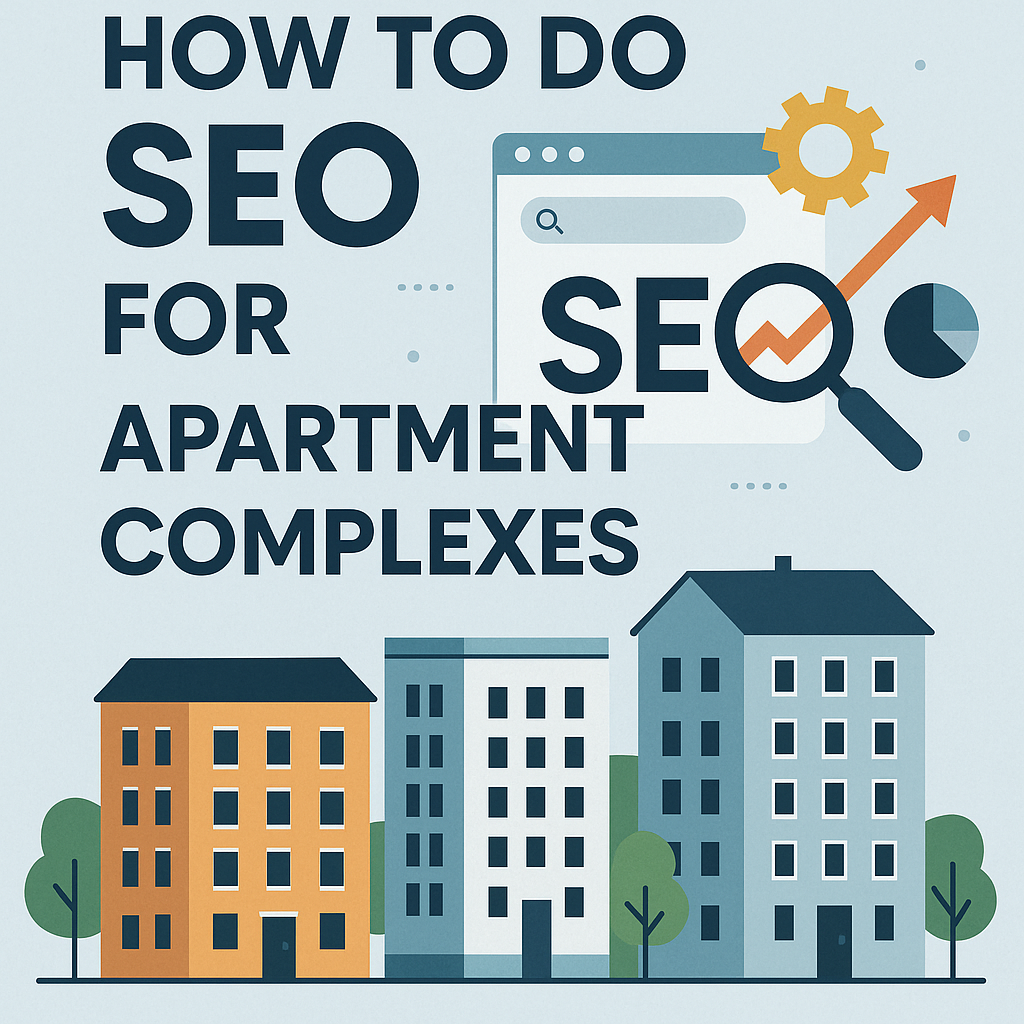
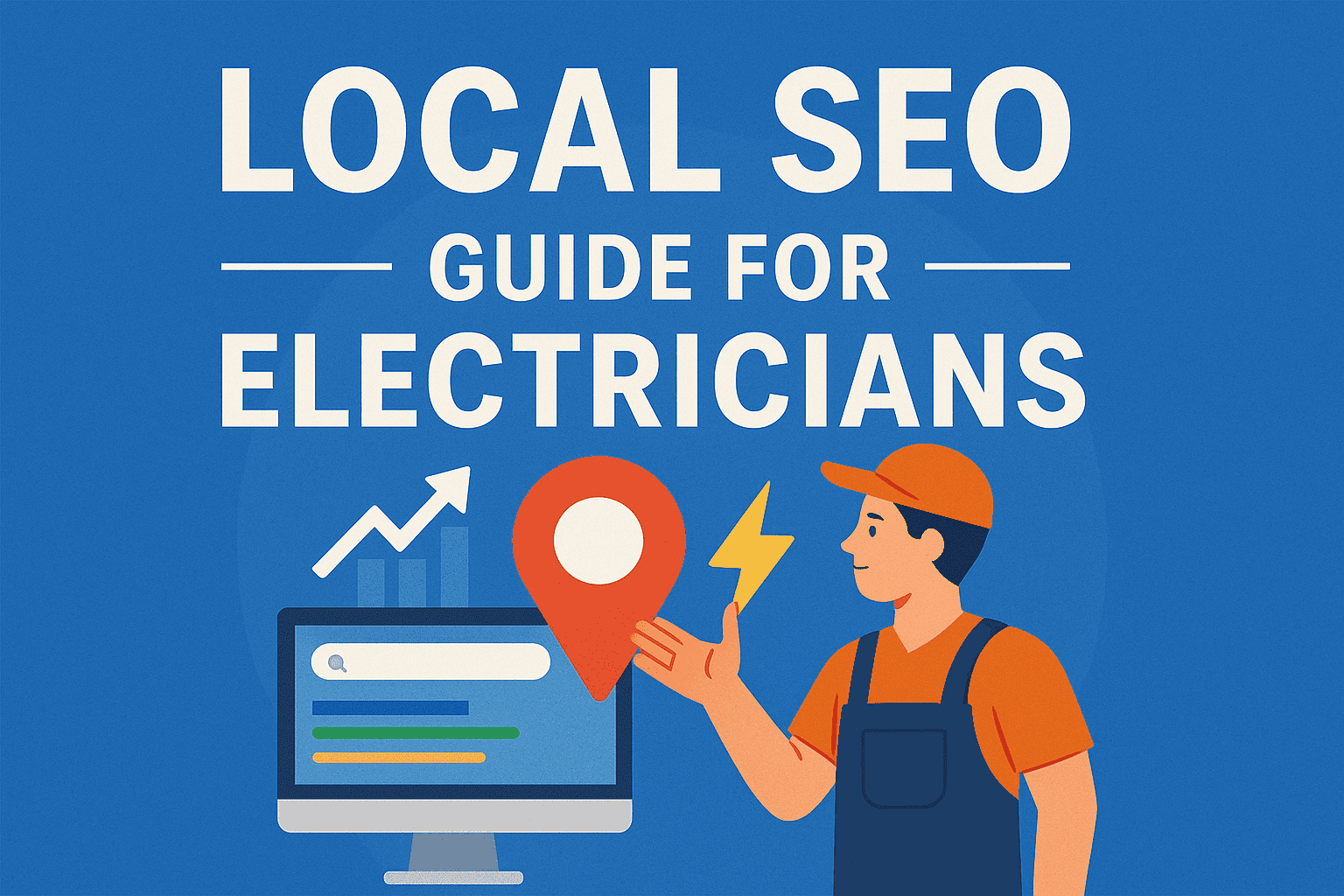
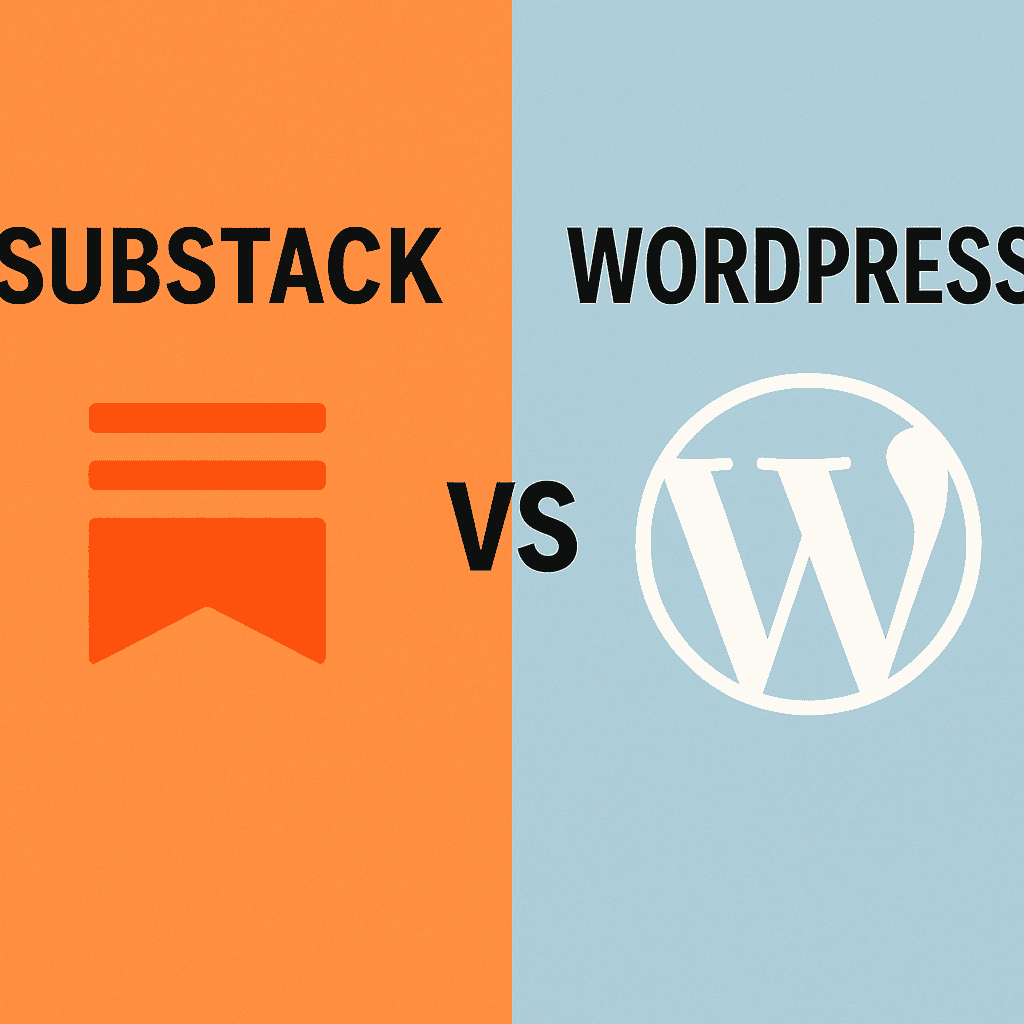

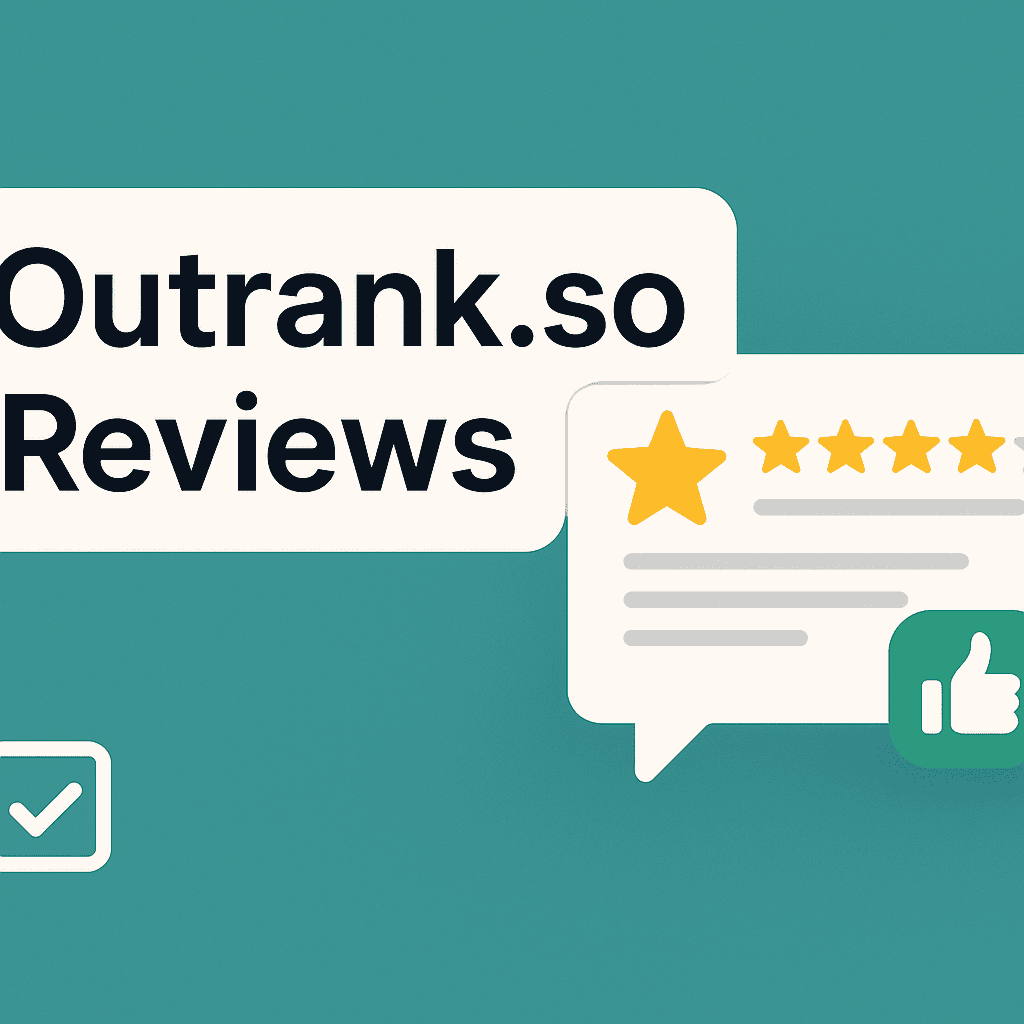
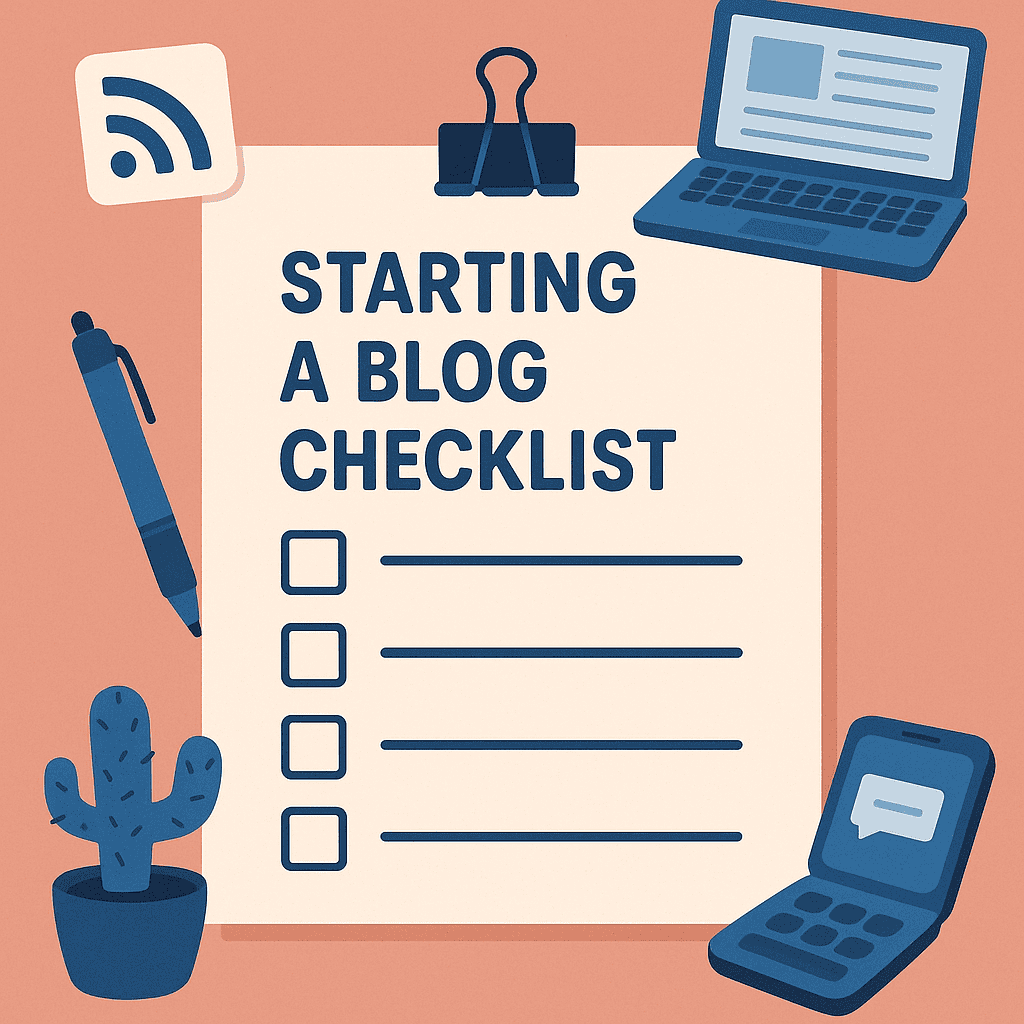


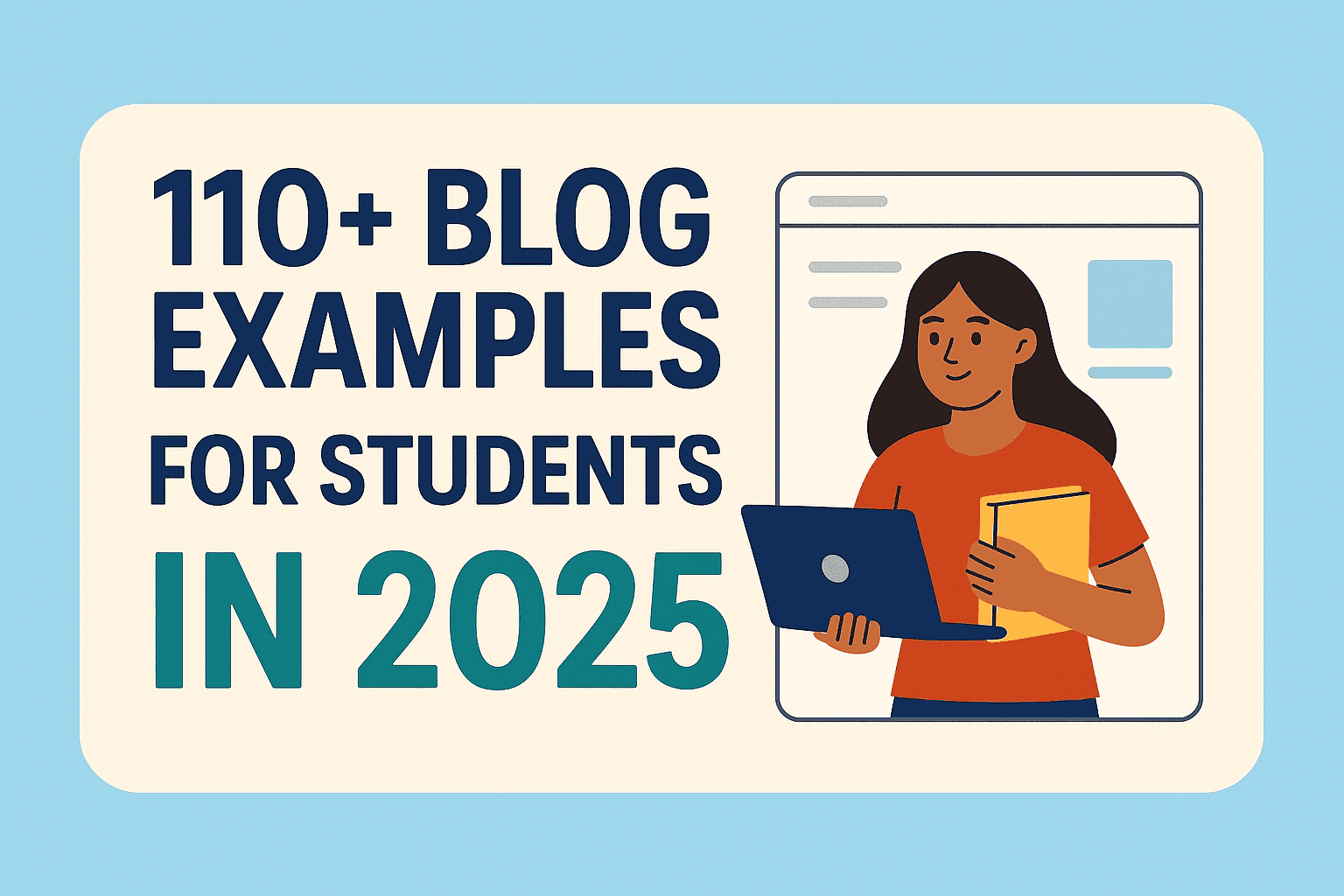

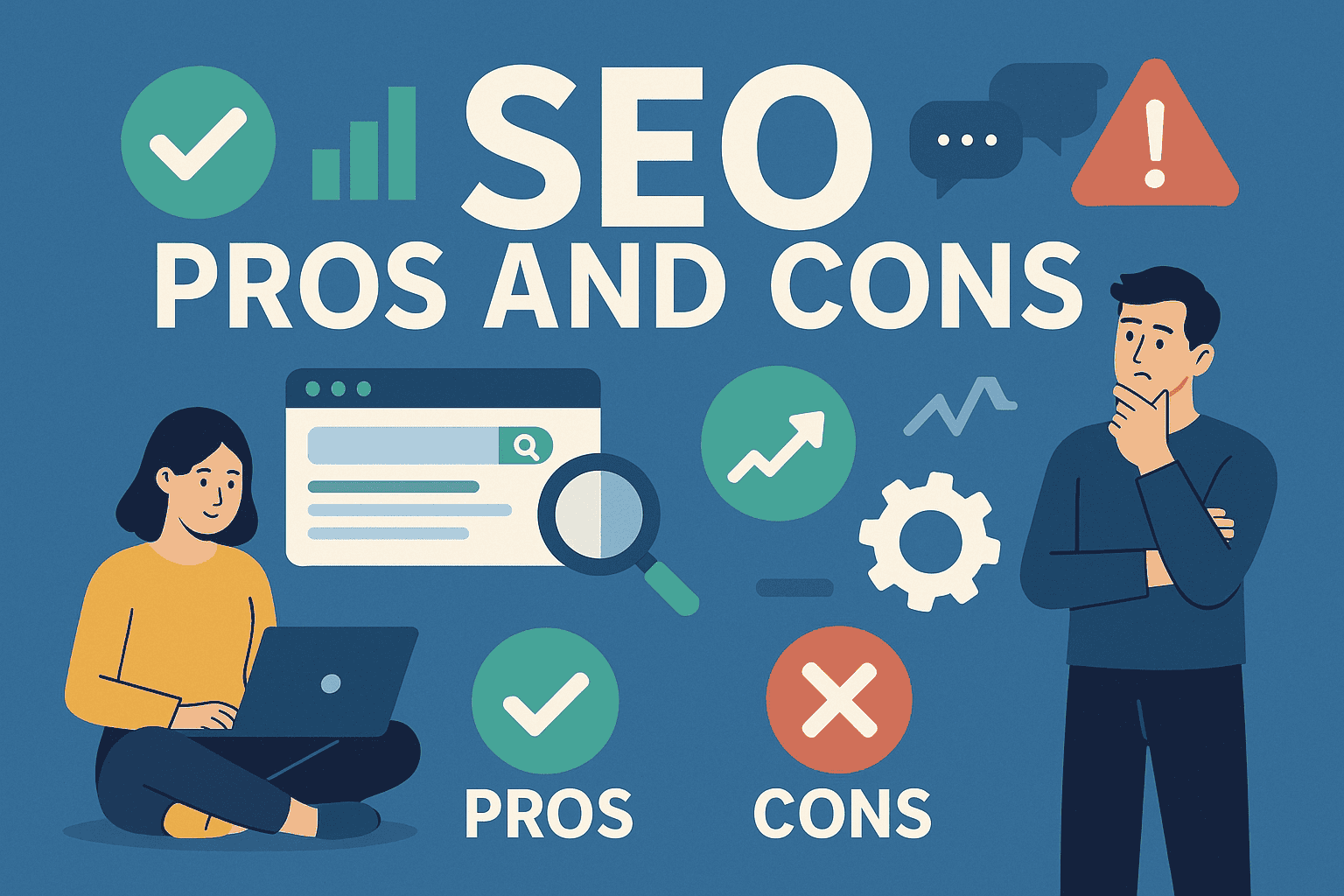



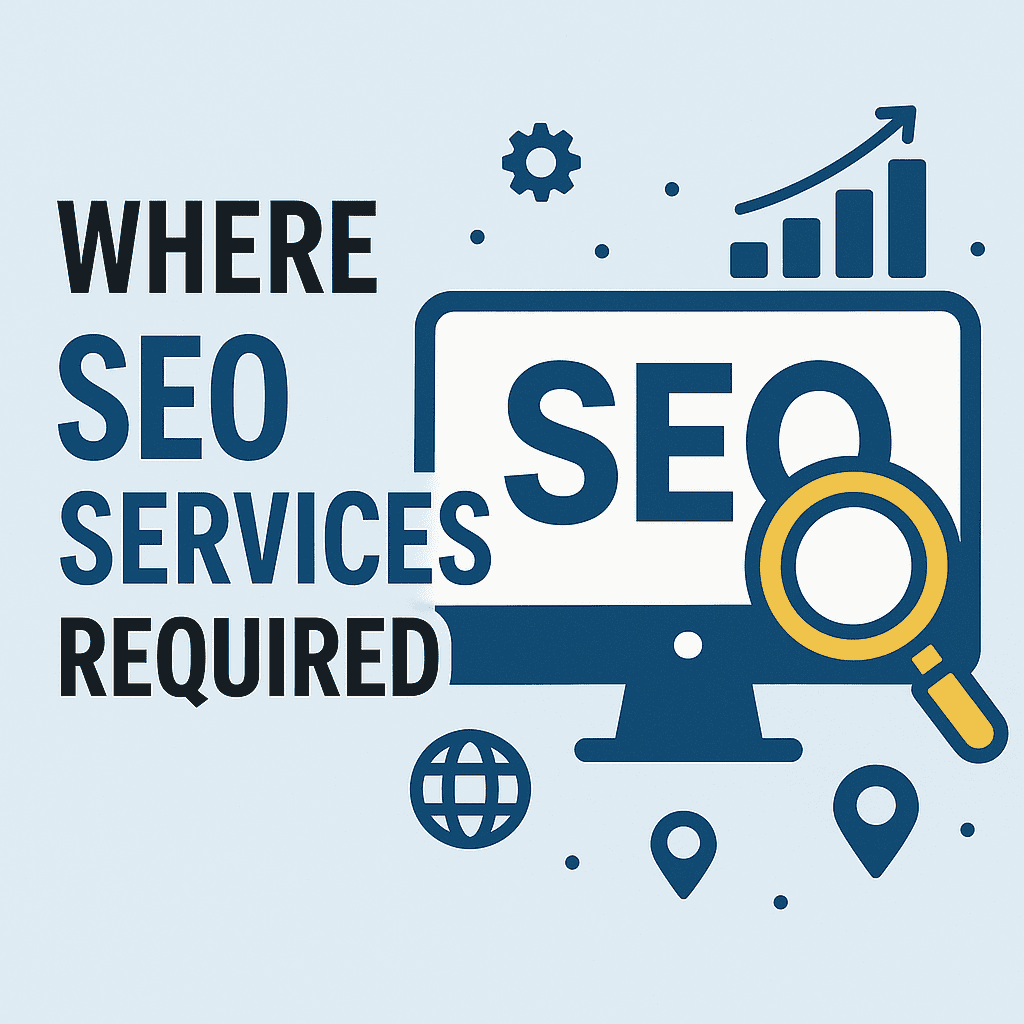
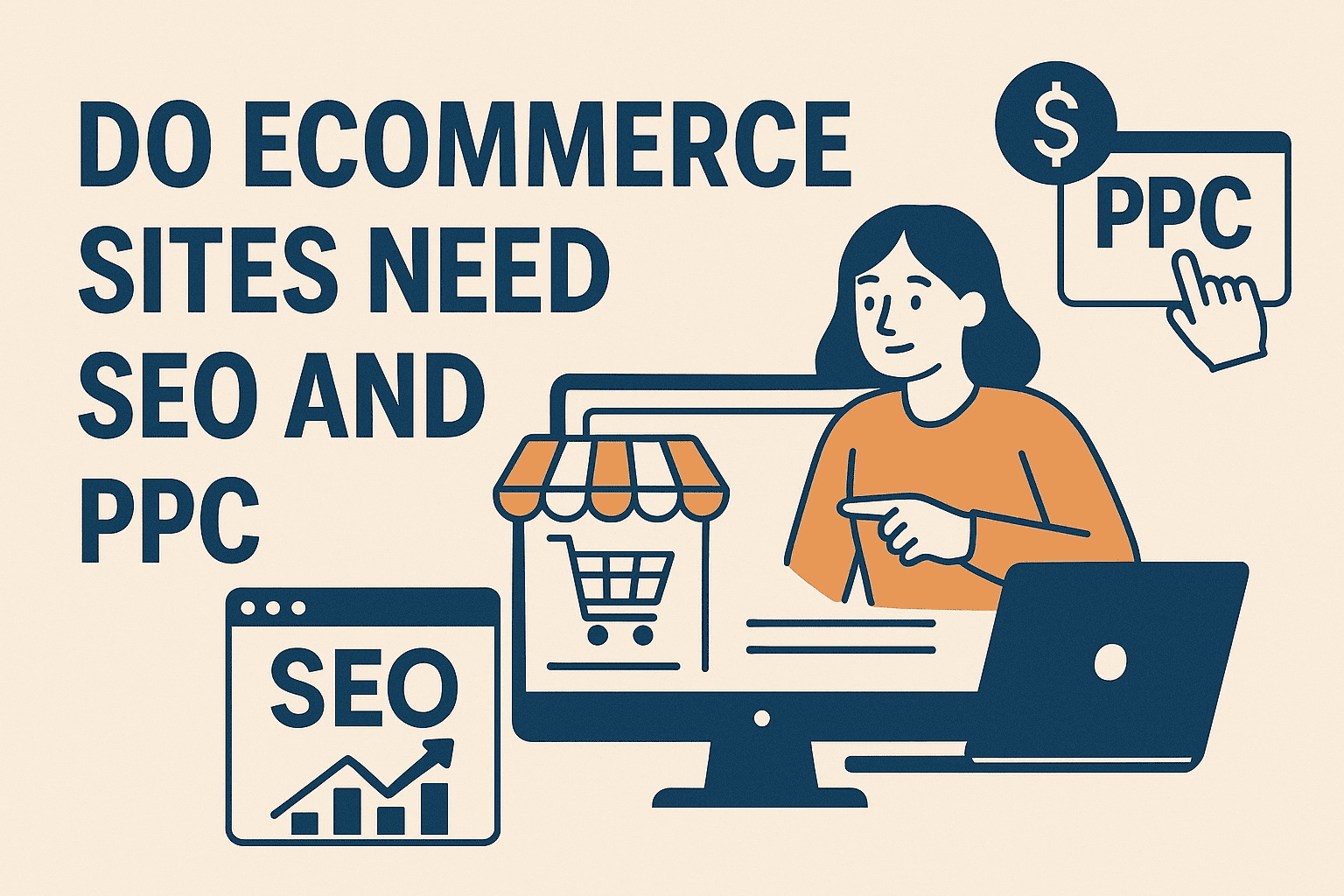
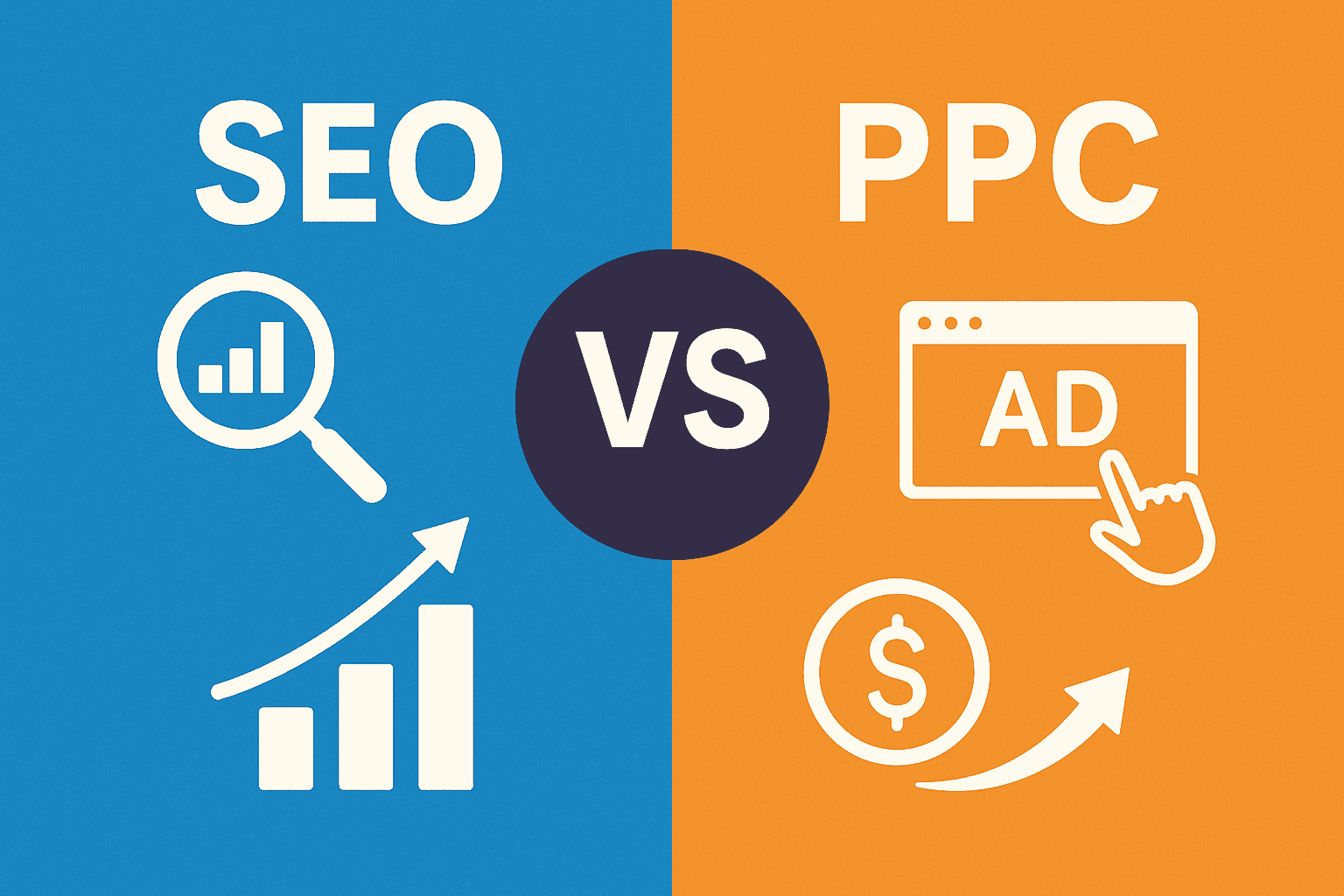

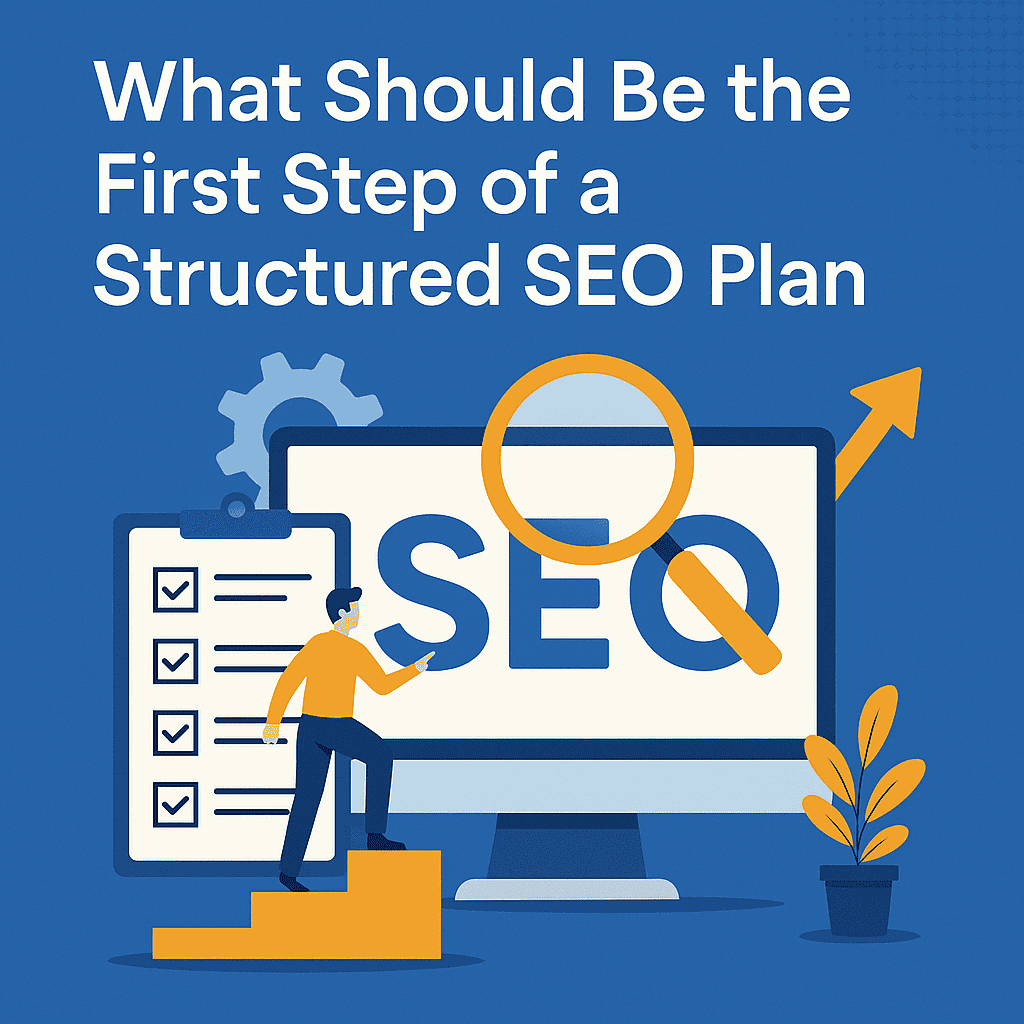


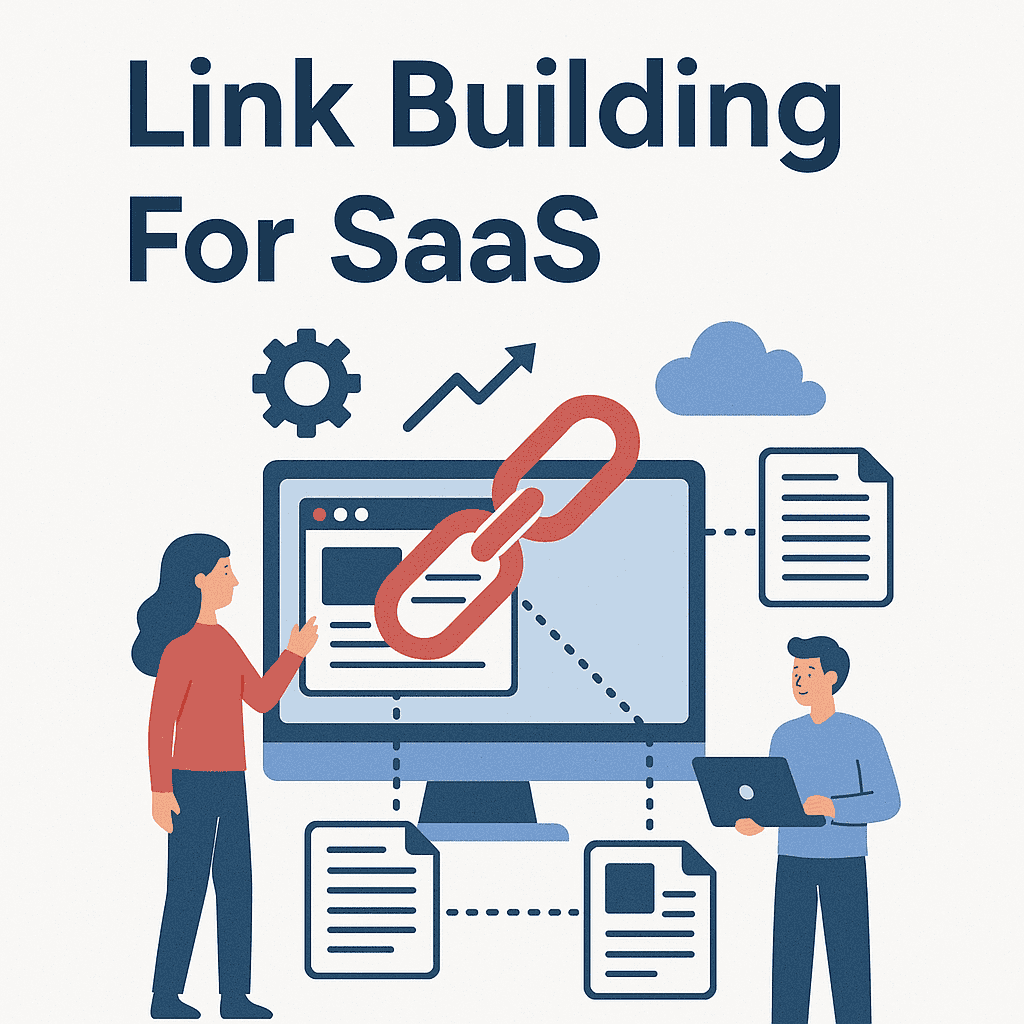
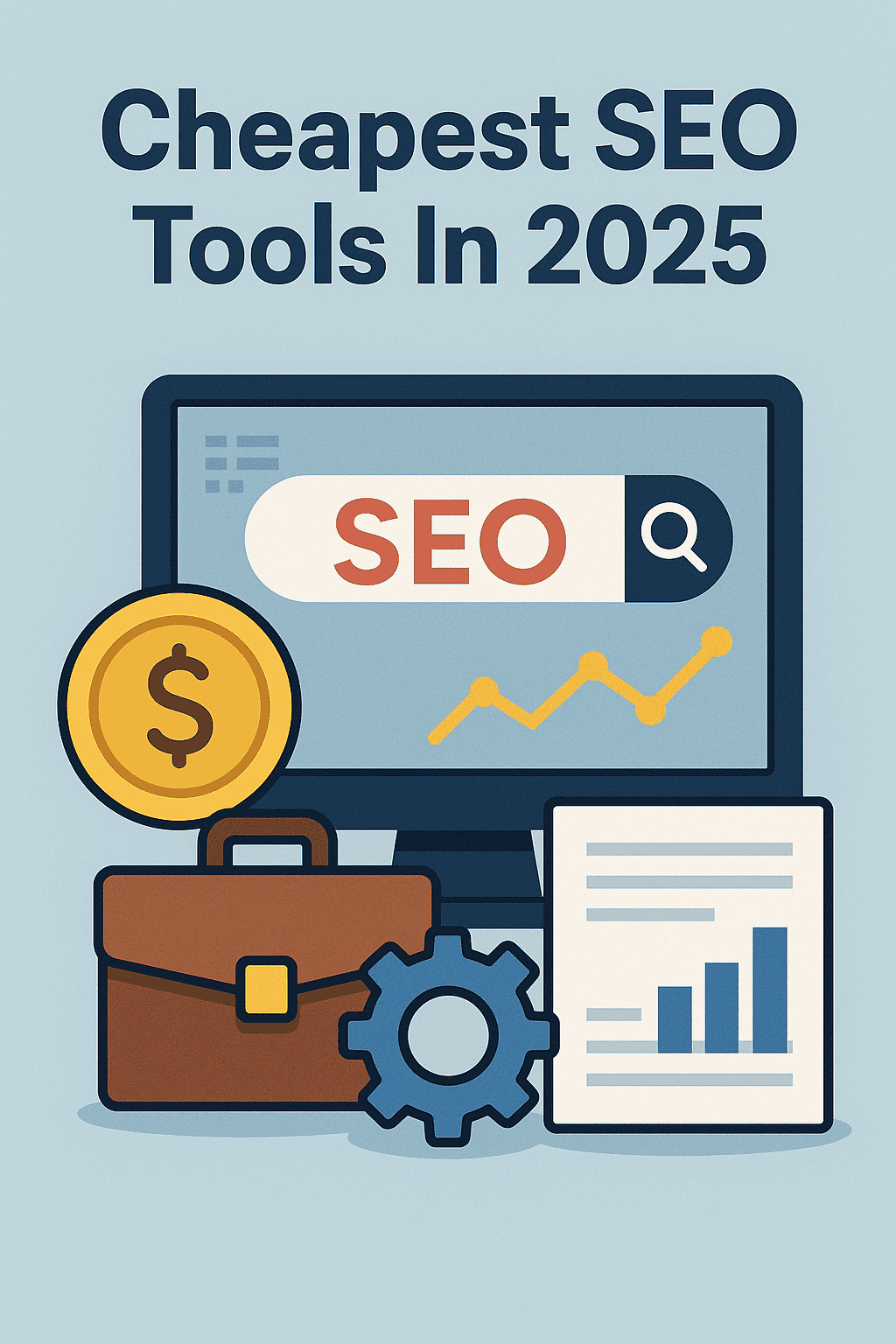
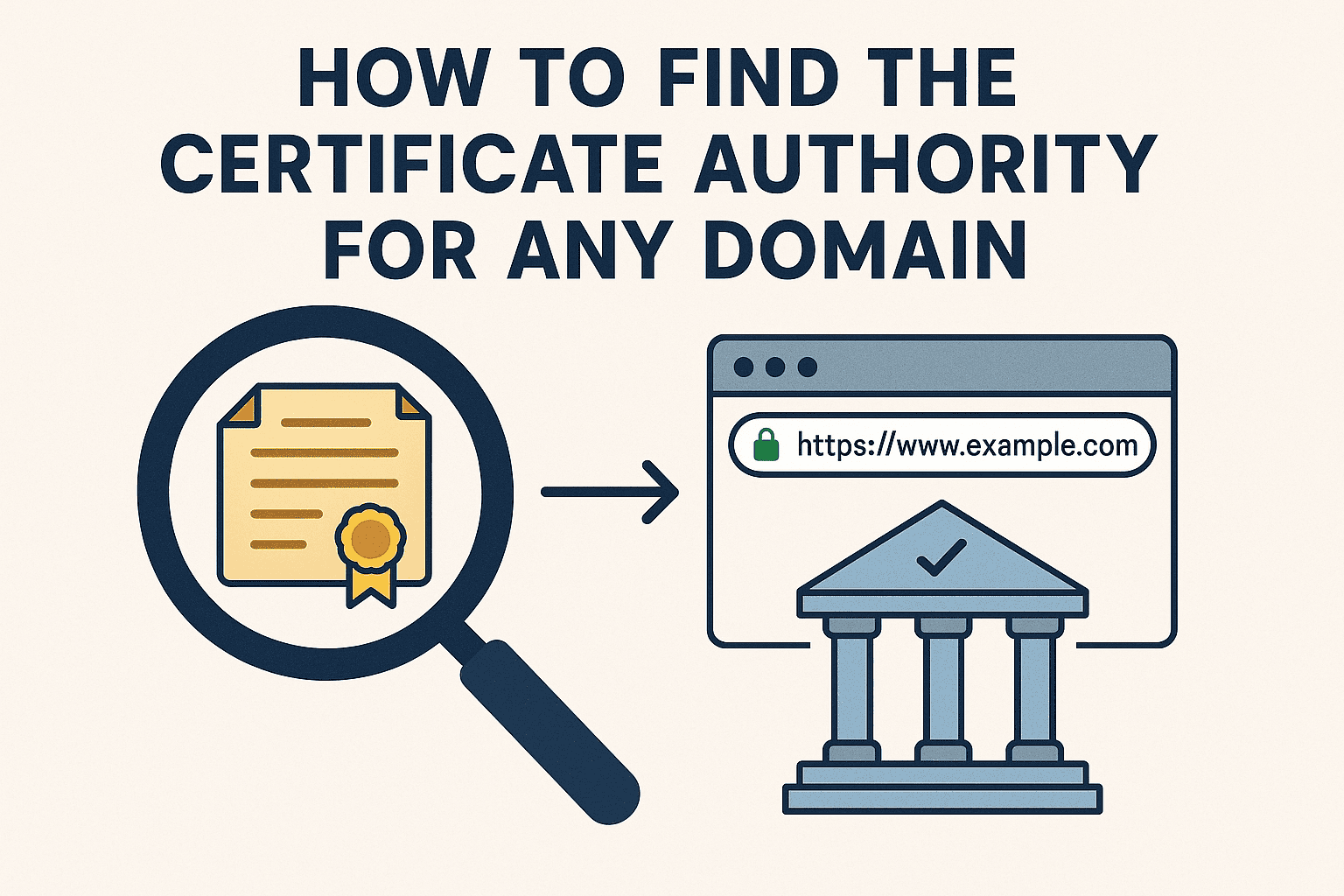
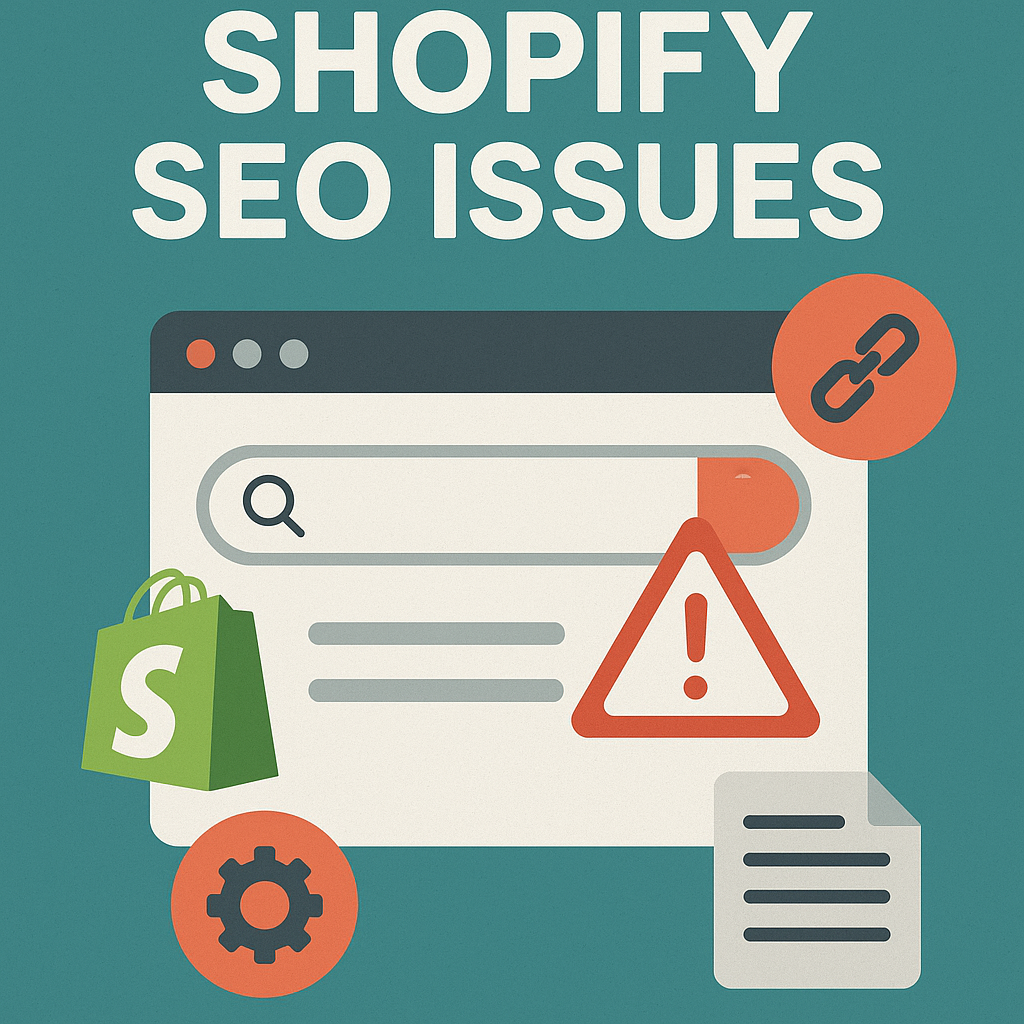


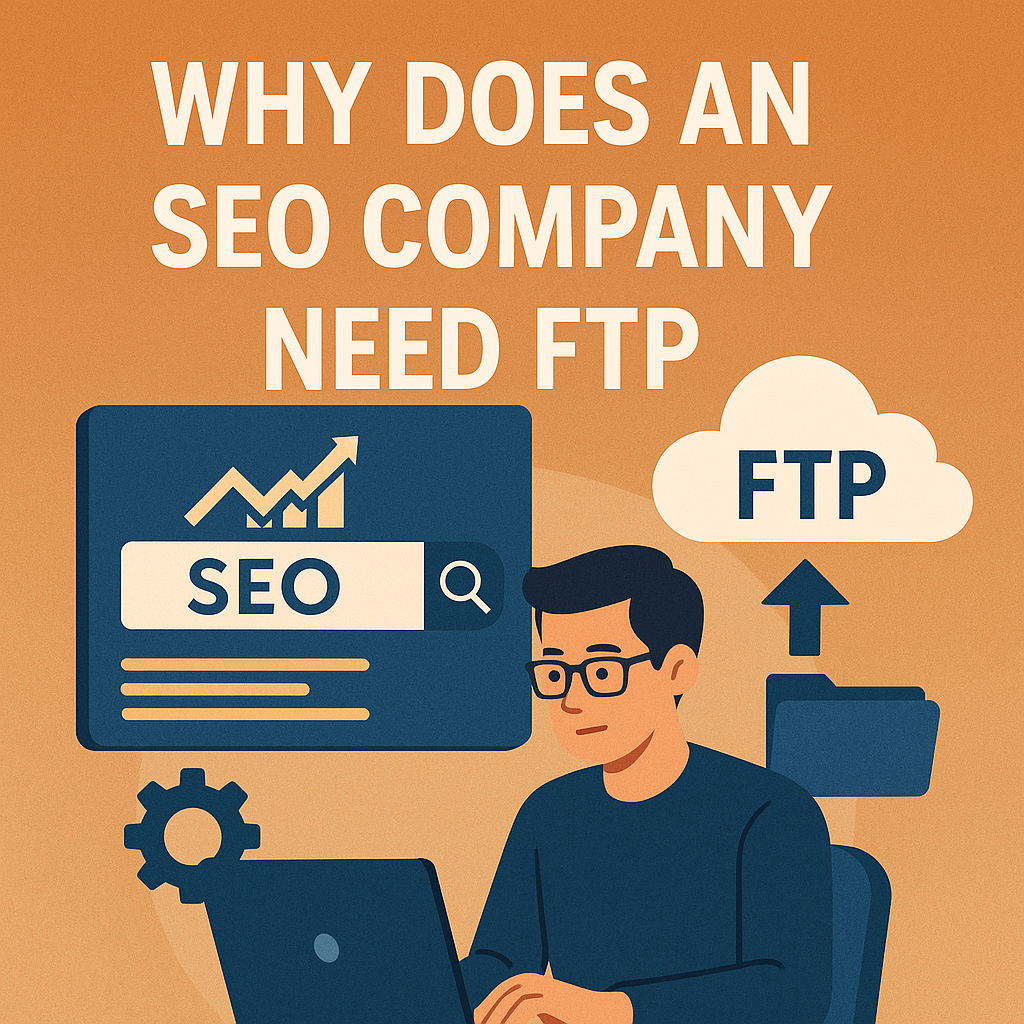
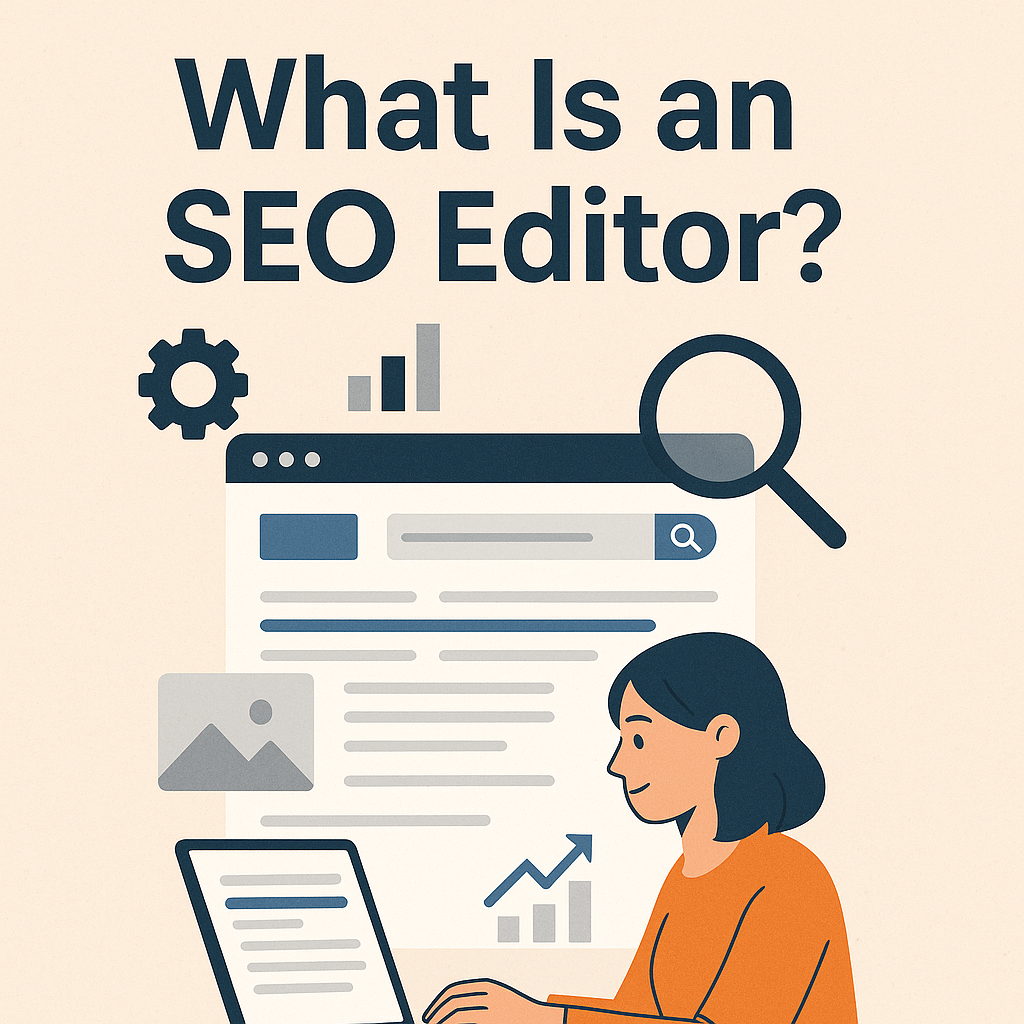
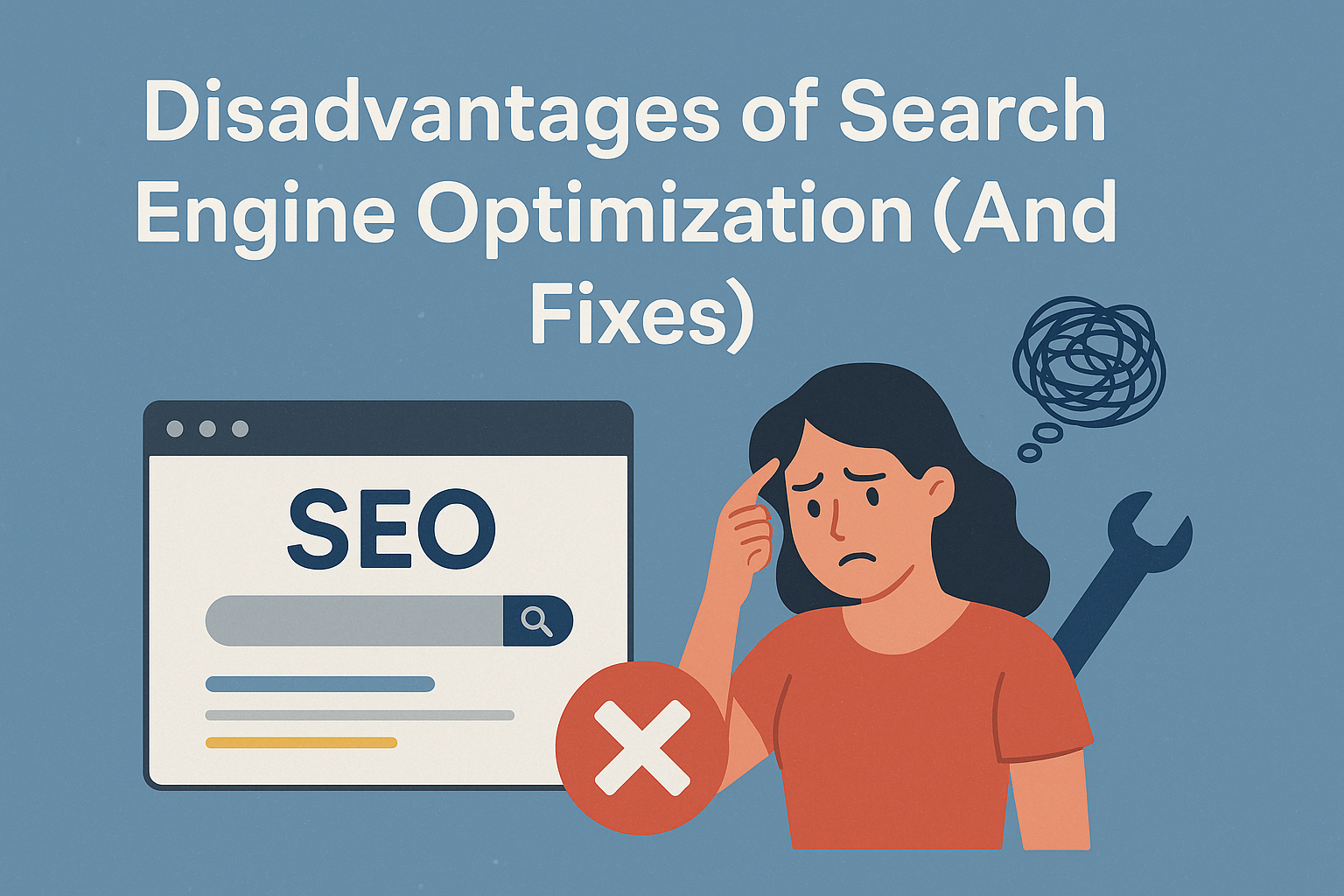
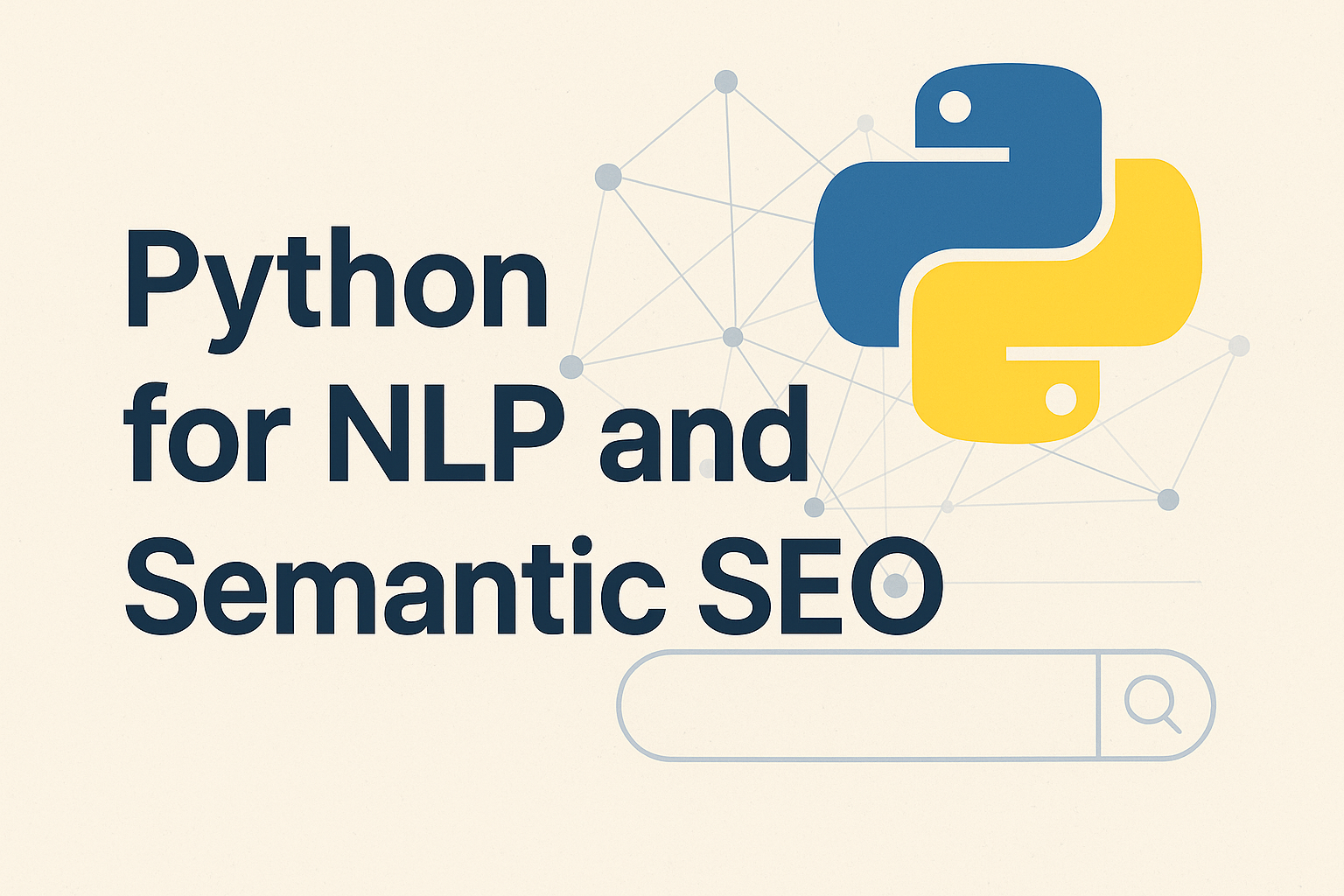
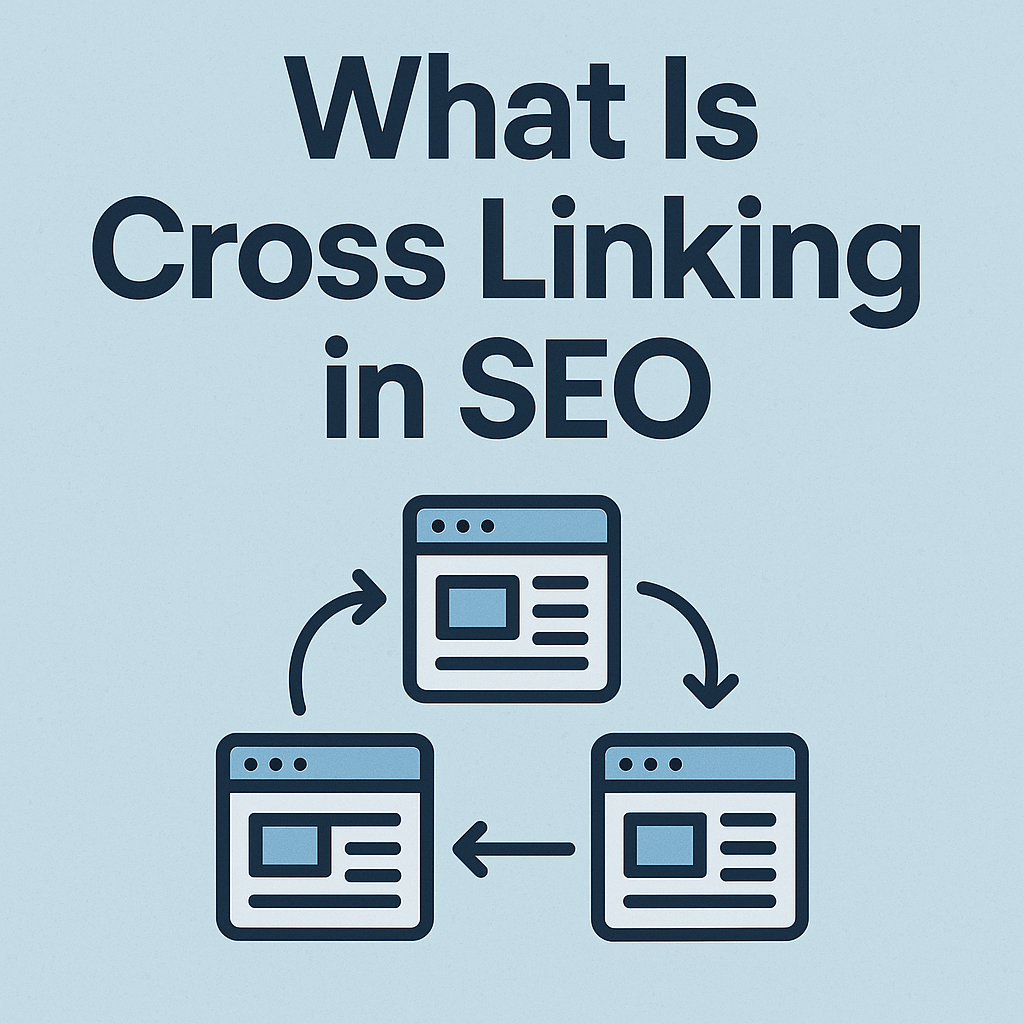

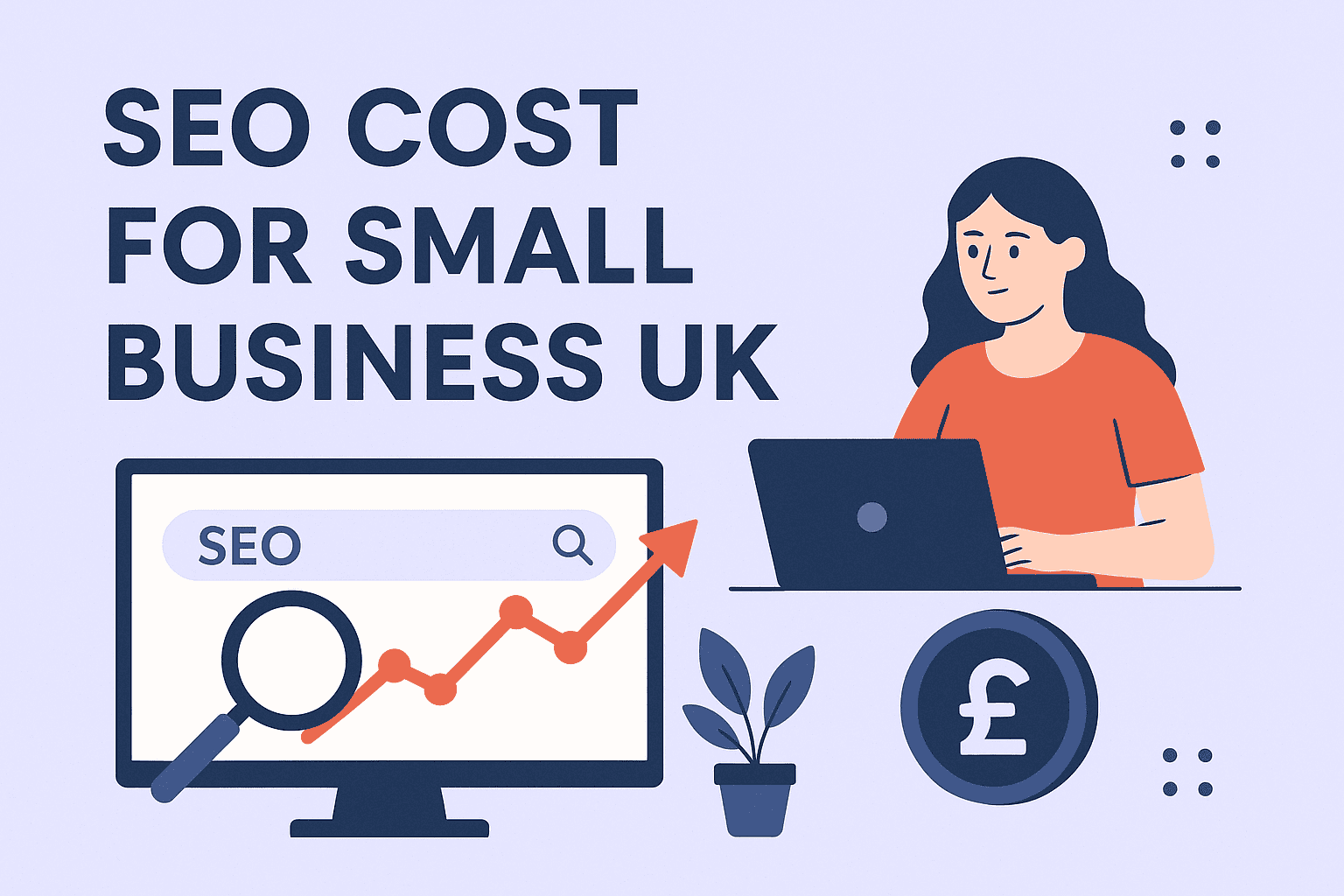

![How Many Outbound Links Per Blog [2025 Updated]](https://backlinkmanagement.io/wp-content/uploads/2025/06/How-Many-Outbound-Links-Per-Blog.png)
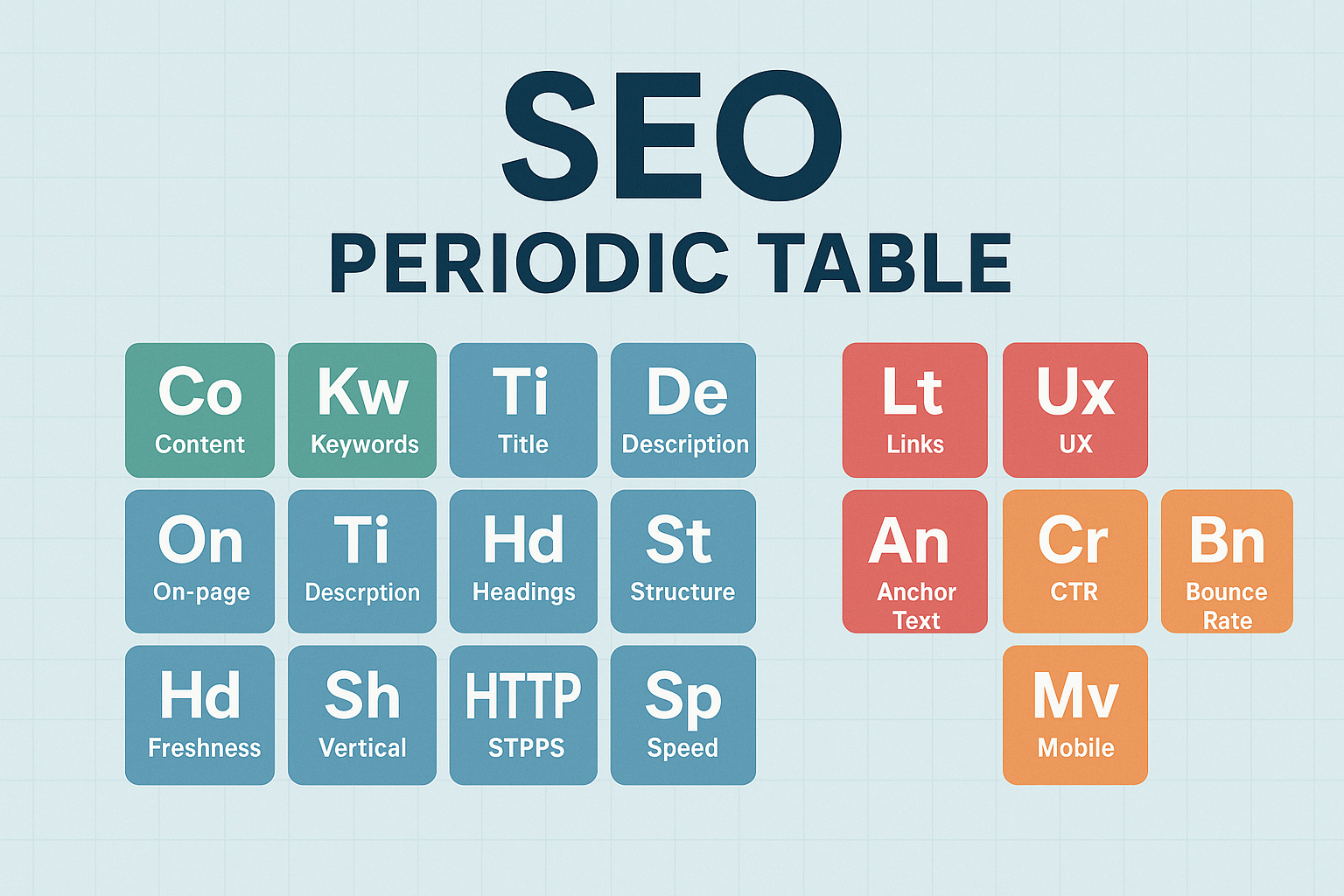

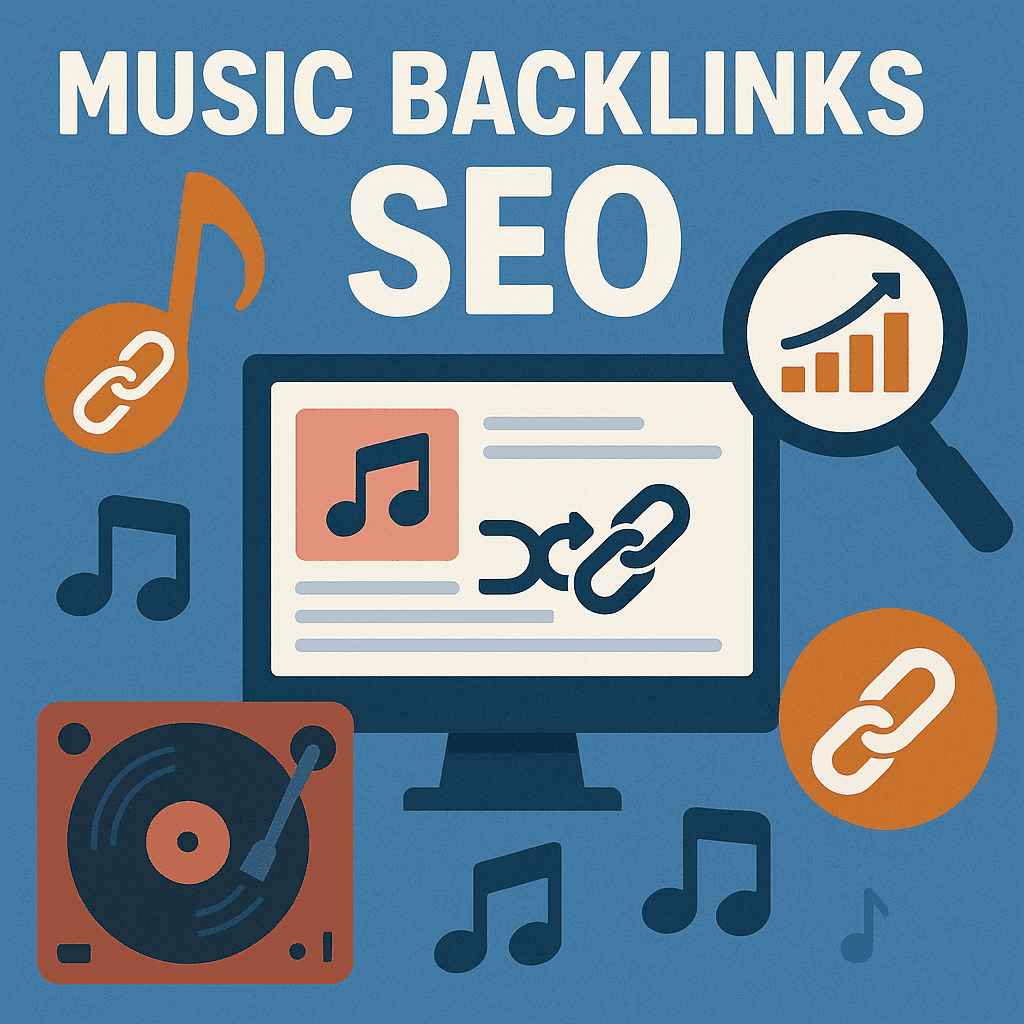
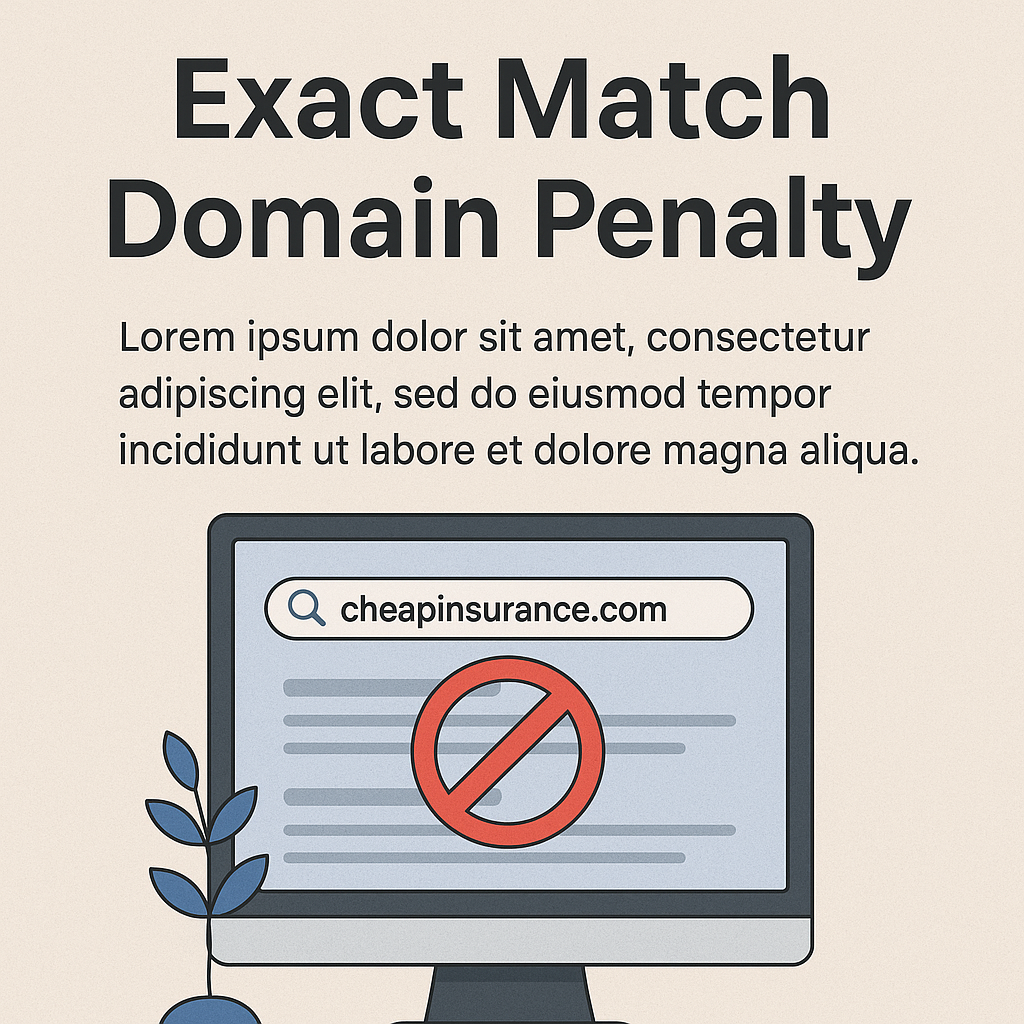
![B2B and B2C Website Examples [2025 Updated]](https://backlinkmanagement.io/wp-content/uploads/2025/05/B2B-and-B2C-Website-Example-.png)
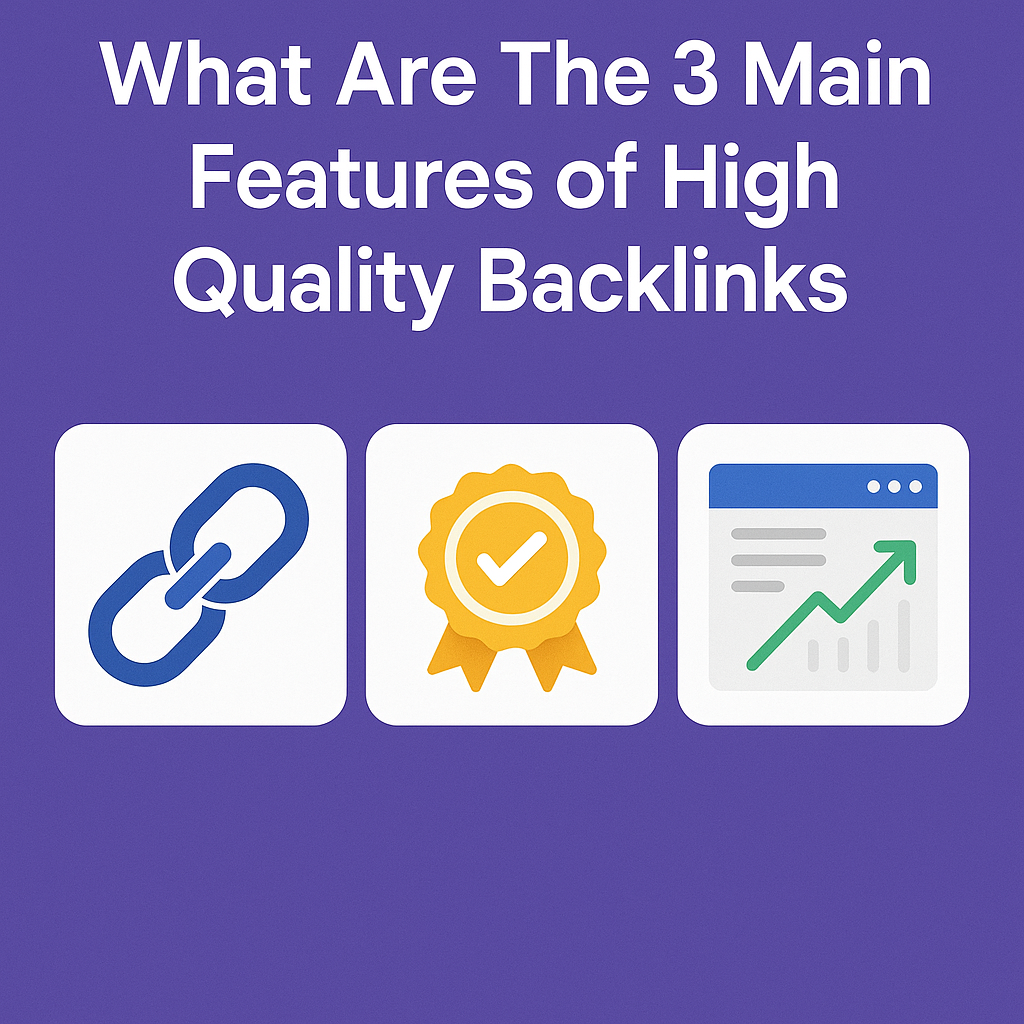
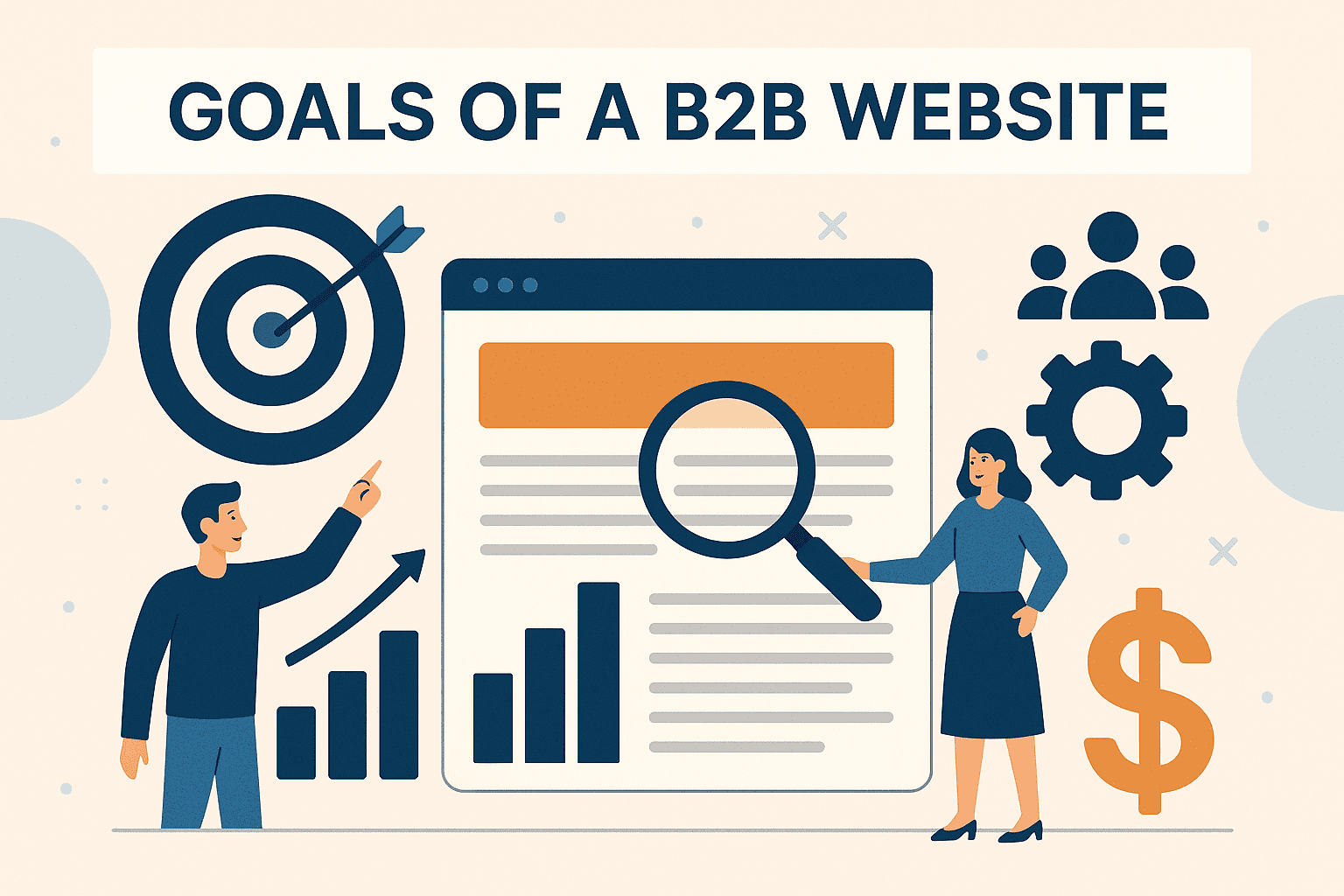

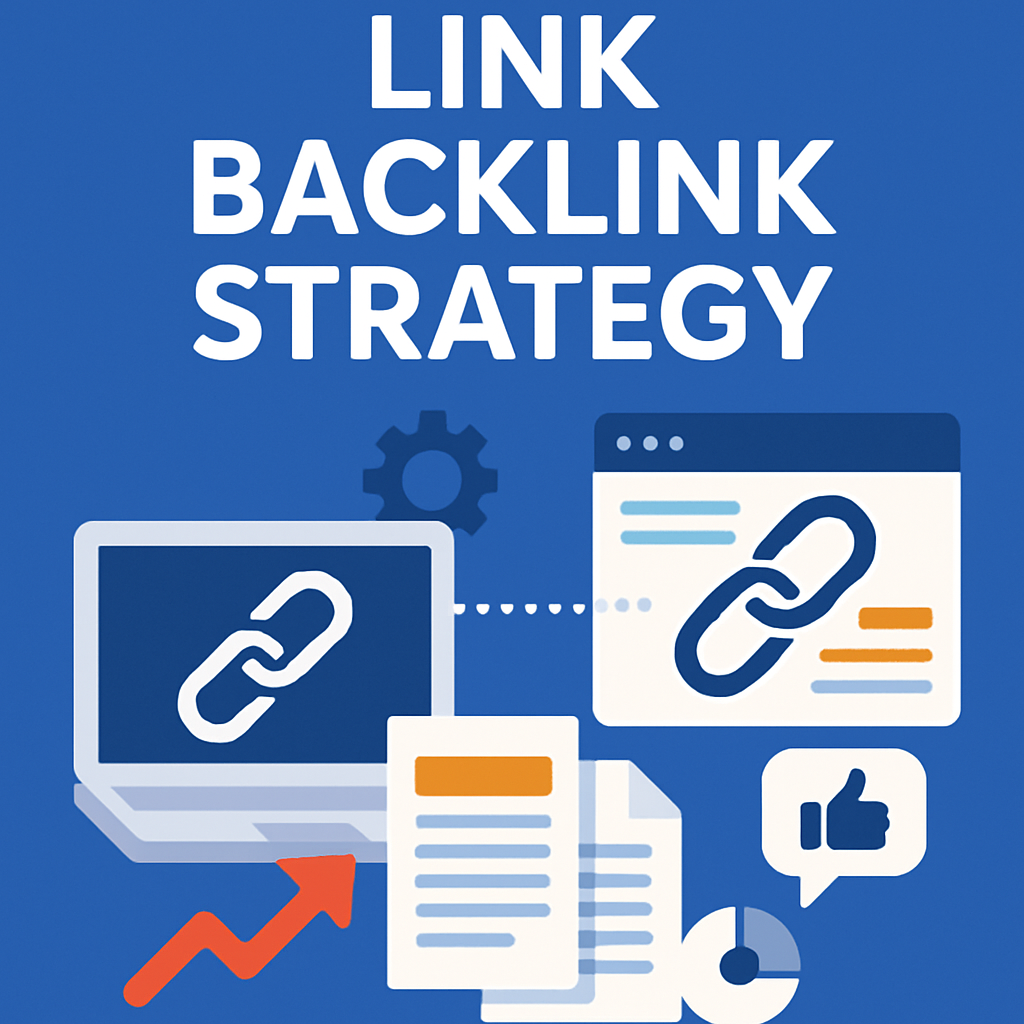
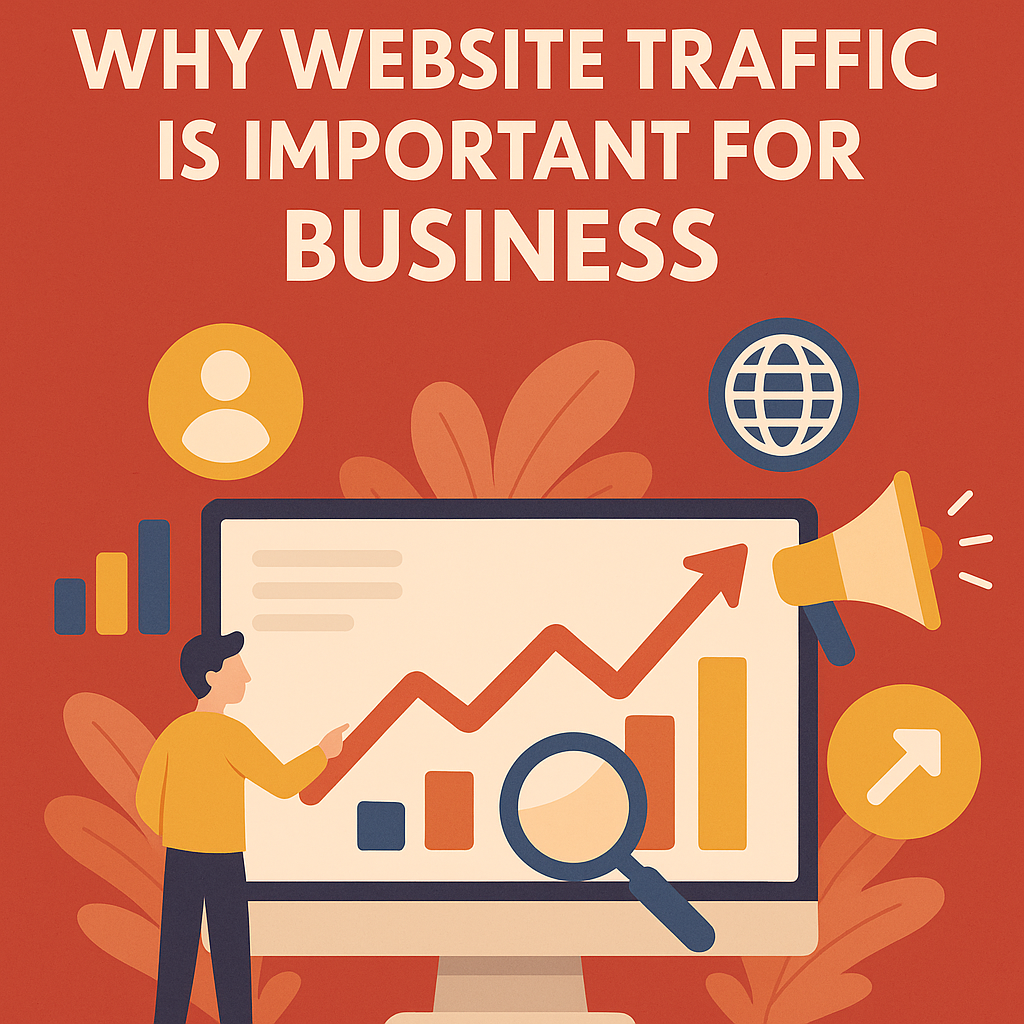

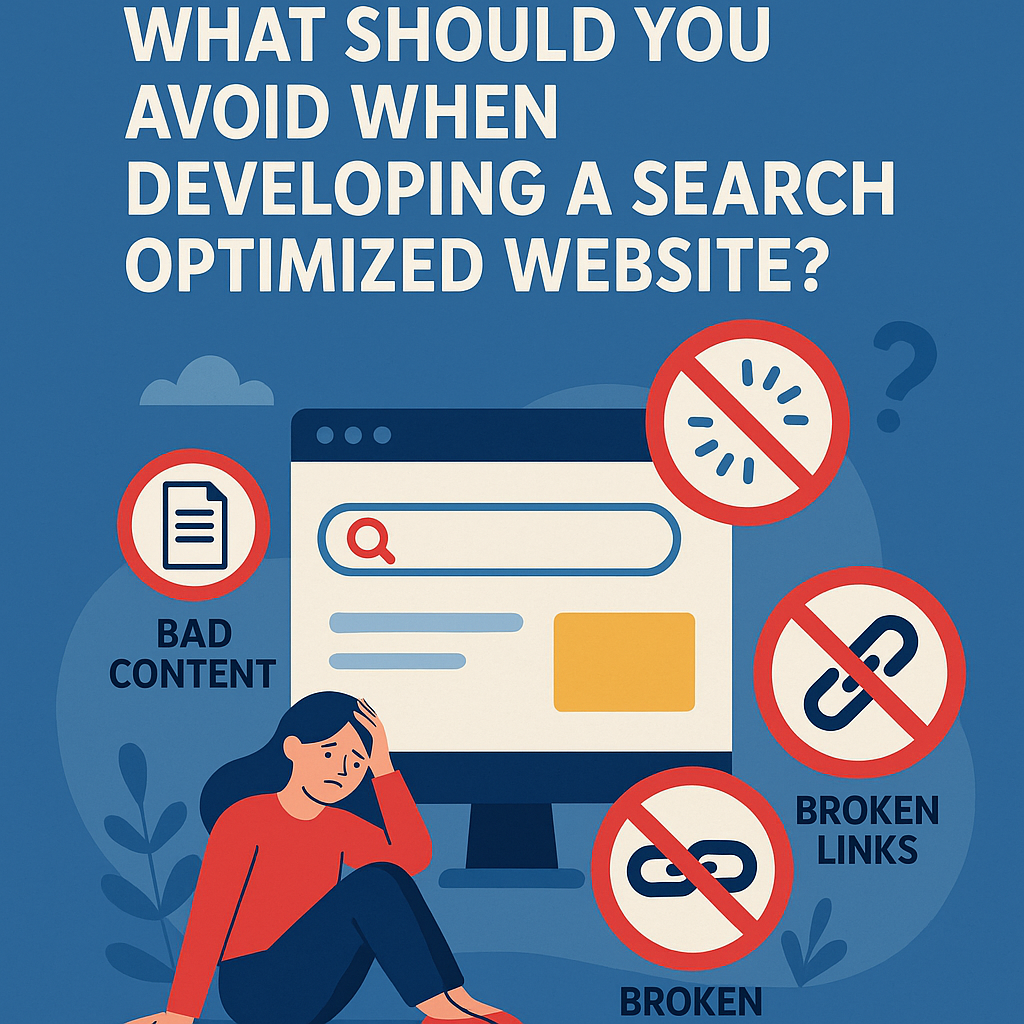

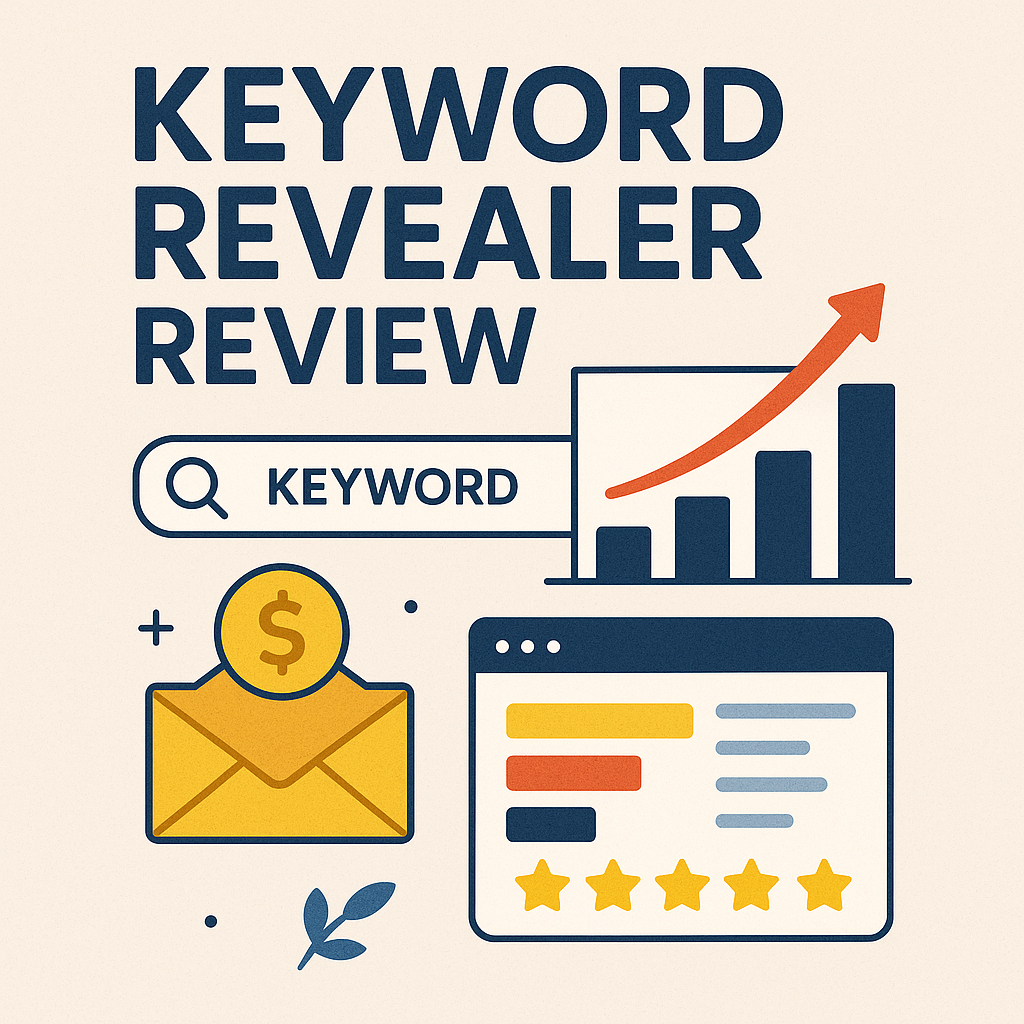
![What To Do After Keyword Research [2025 Guide]](https://backlinkmanagement.io/wp-content/uploads/2025/05/What-To-Do-After-Keyword-Research.png)
![Is Page Speed Really A Ranking Factor? [2025]](https://backlinkmanagement.io/wp-content/uploads/2025/05/Is-Page-Speed-Really-A-Ranking-Factor.png)
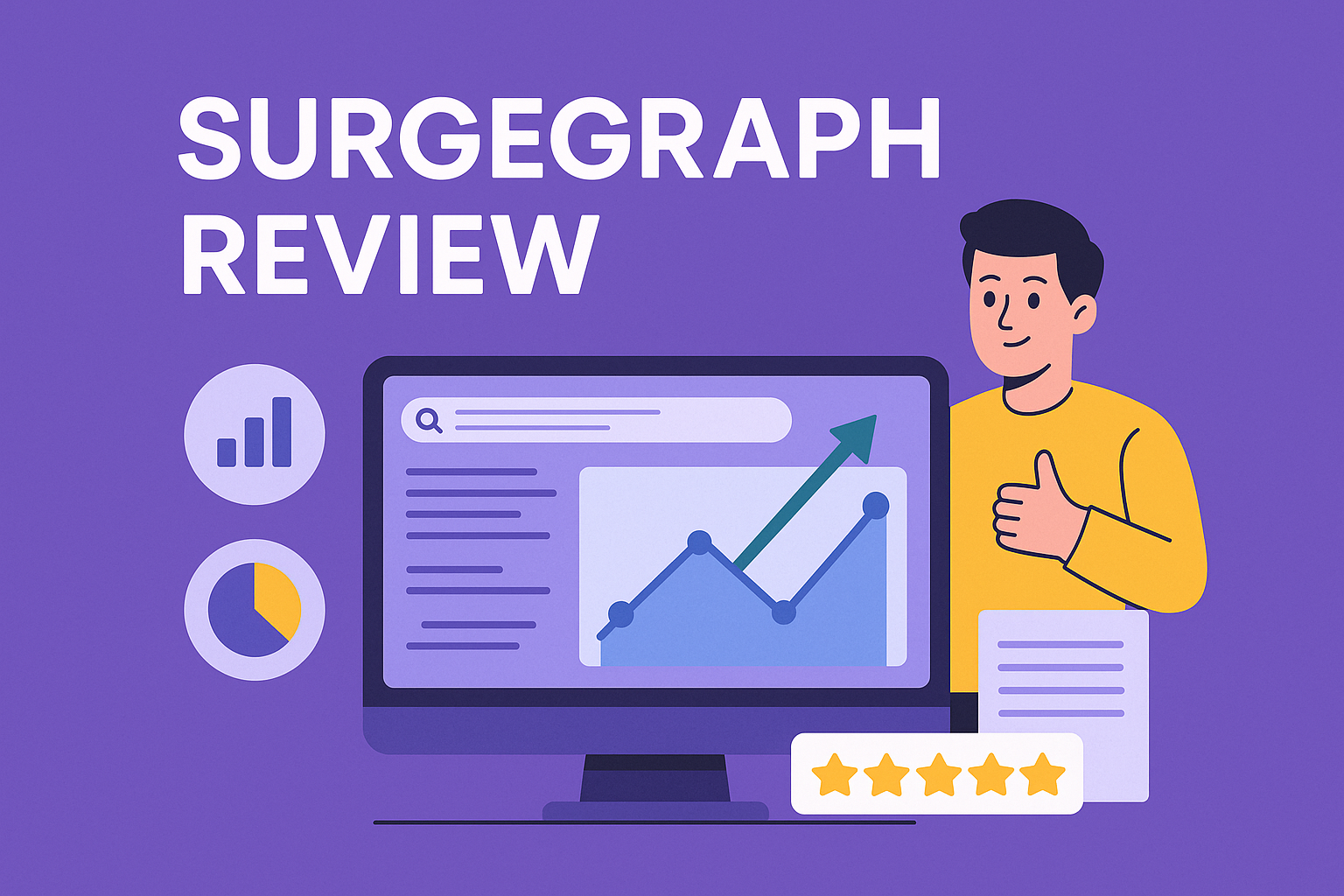
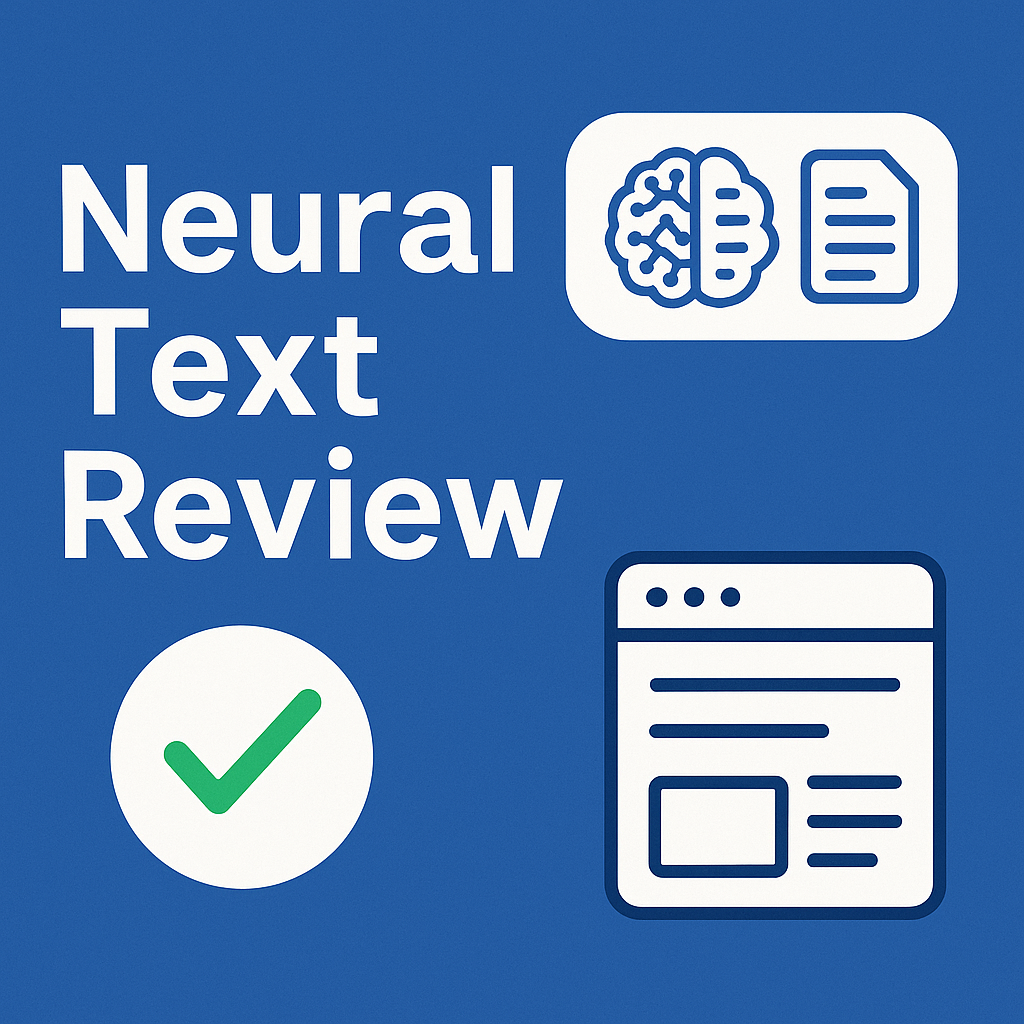

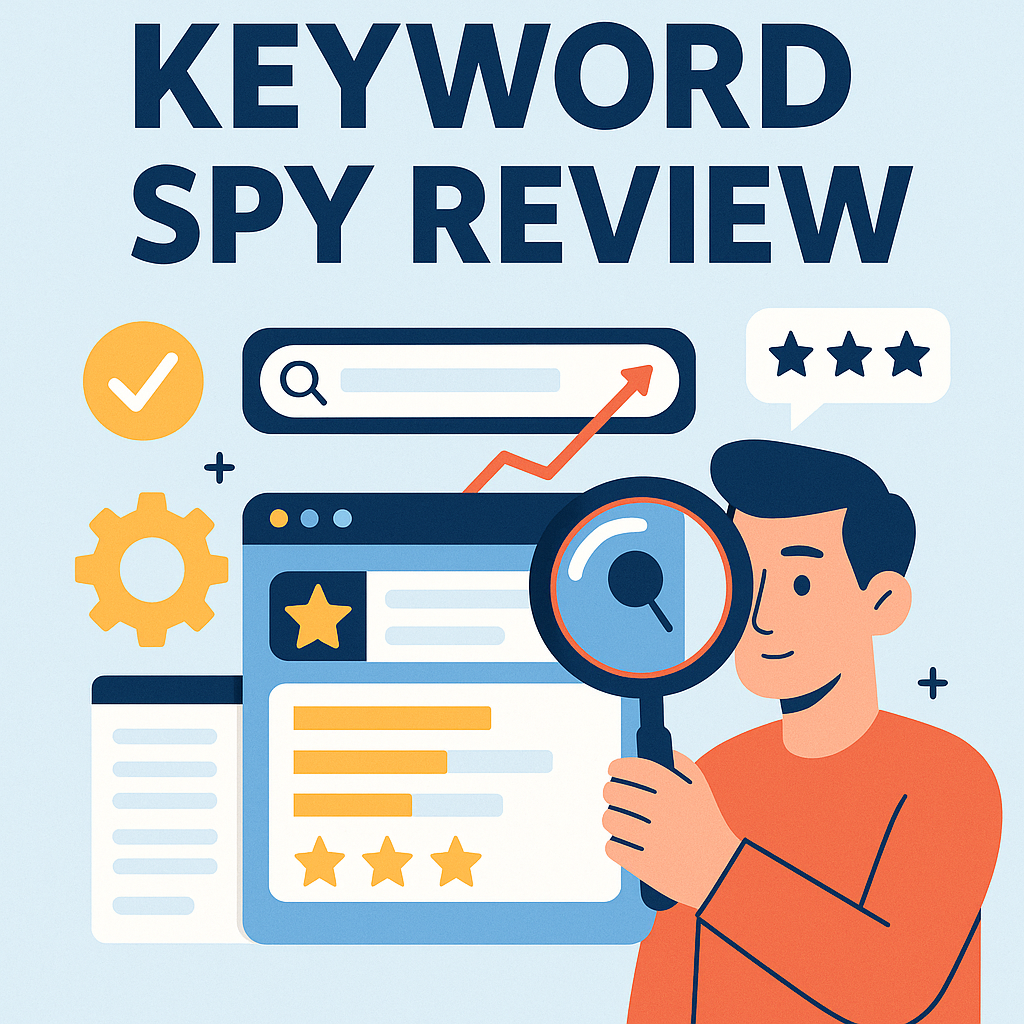




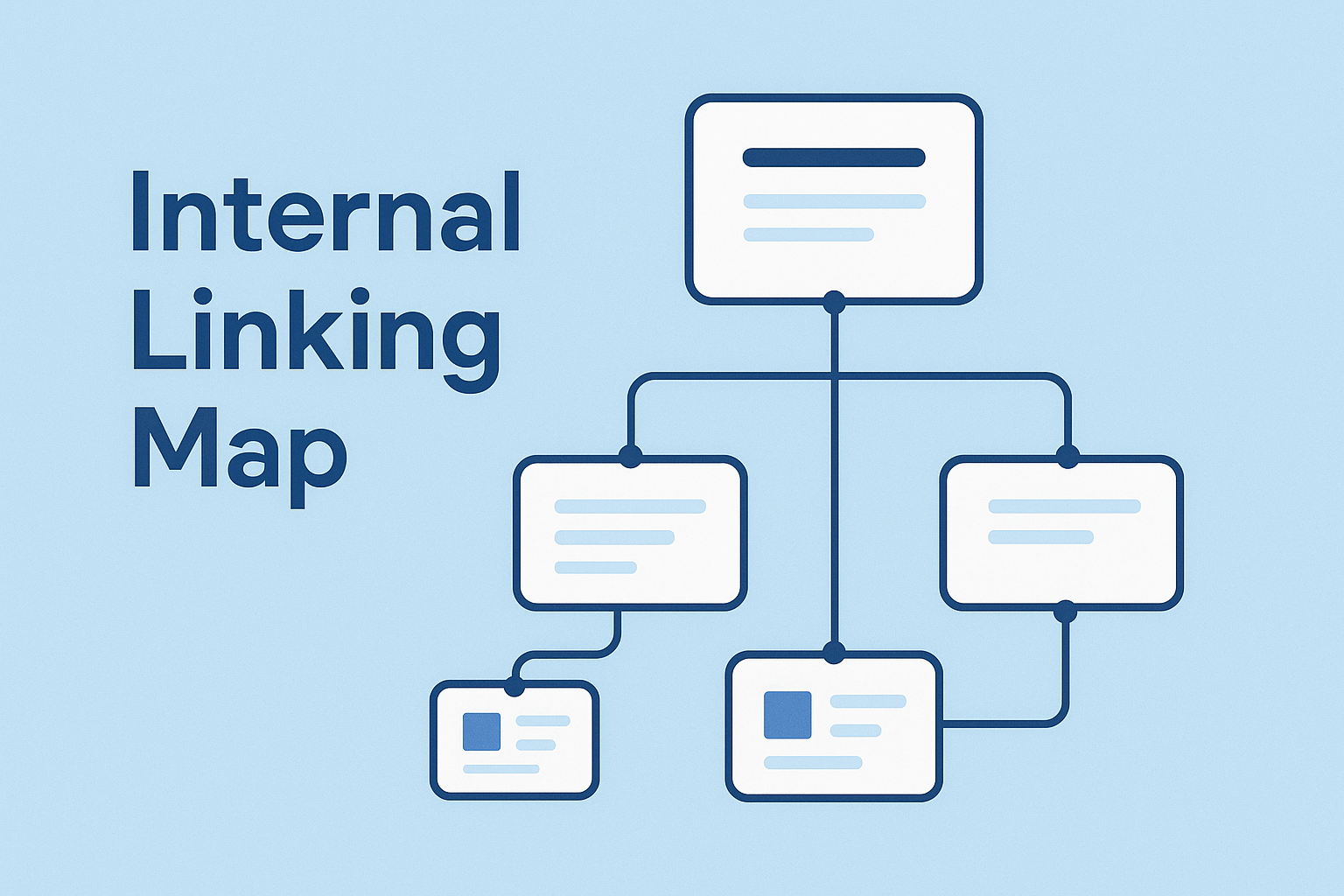

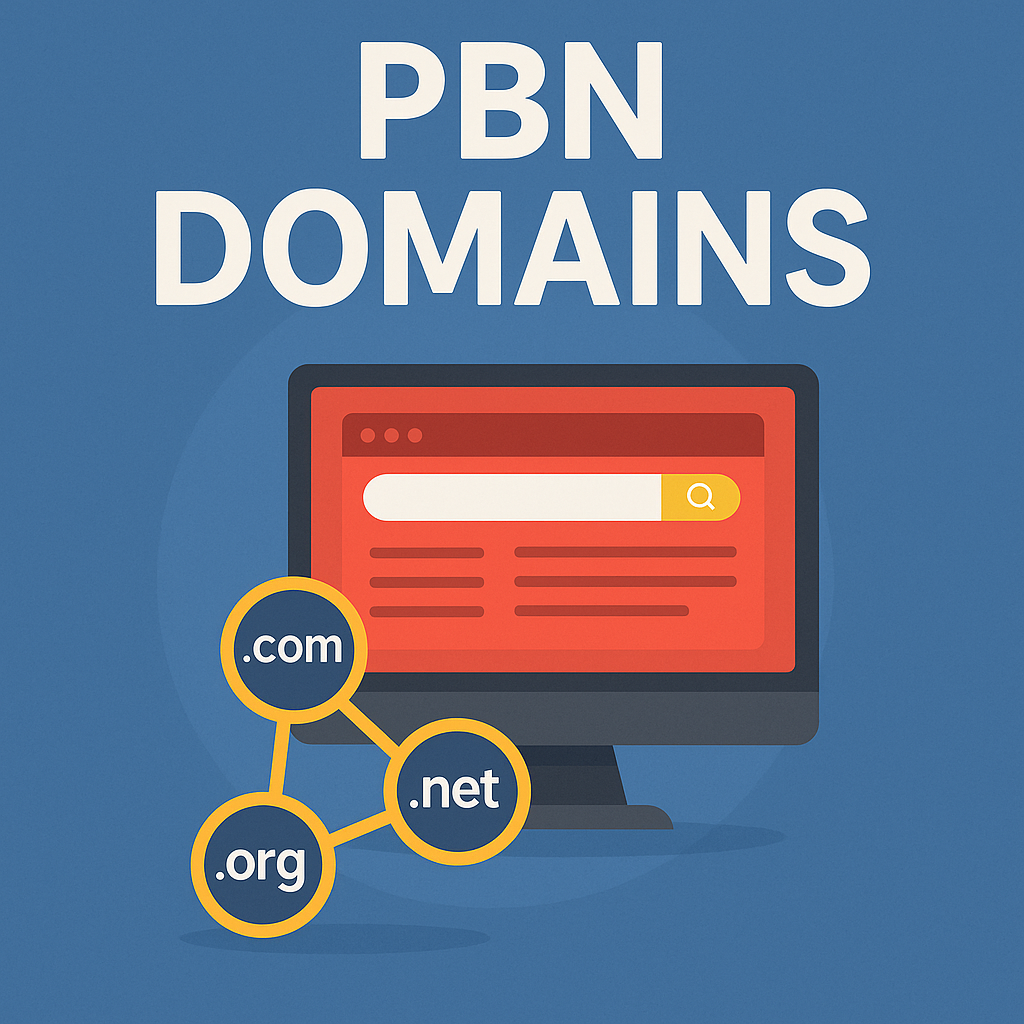
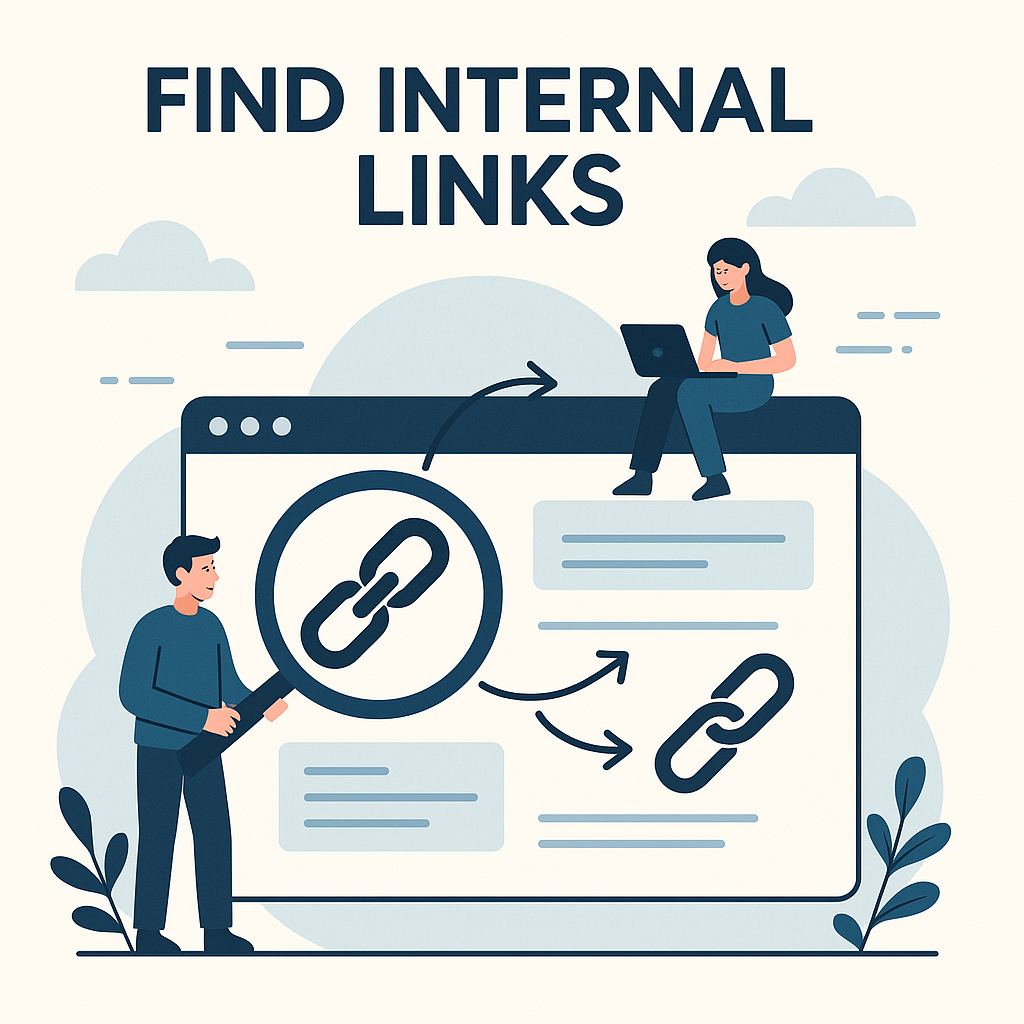
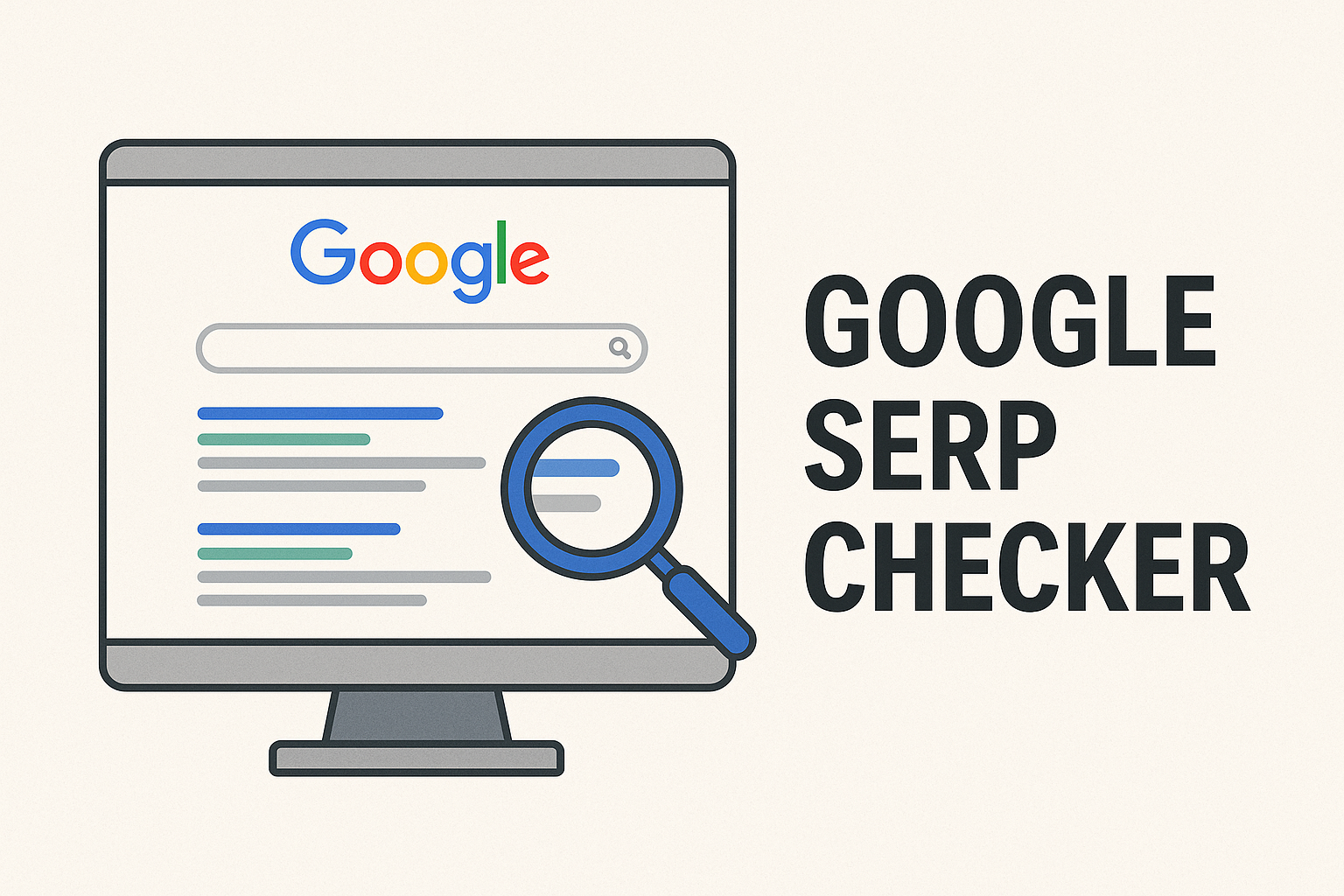
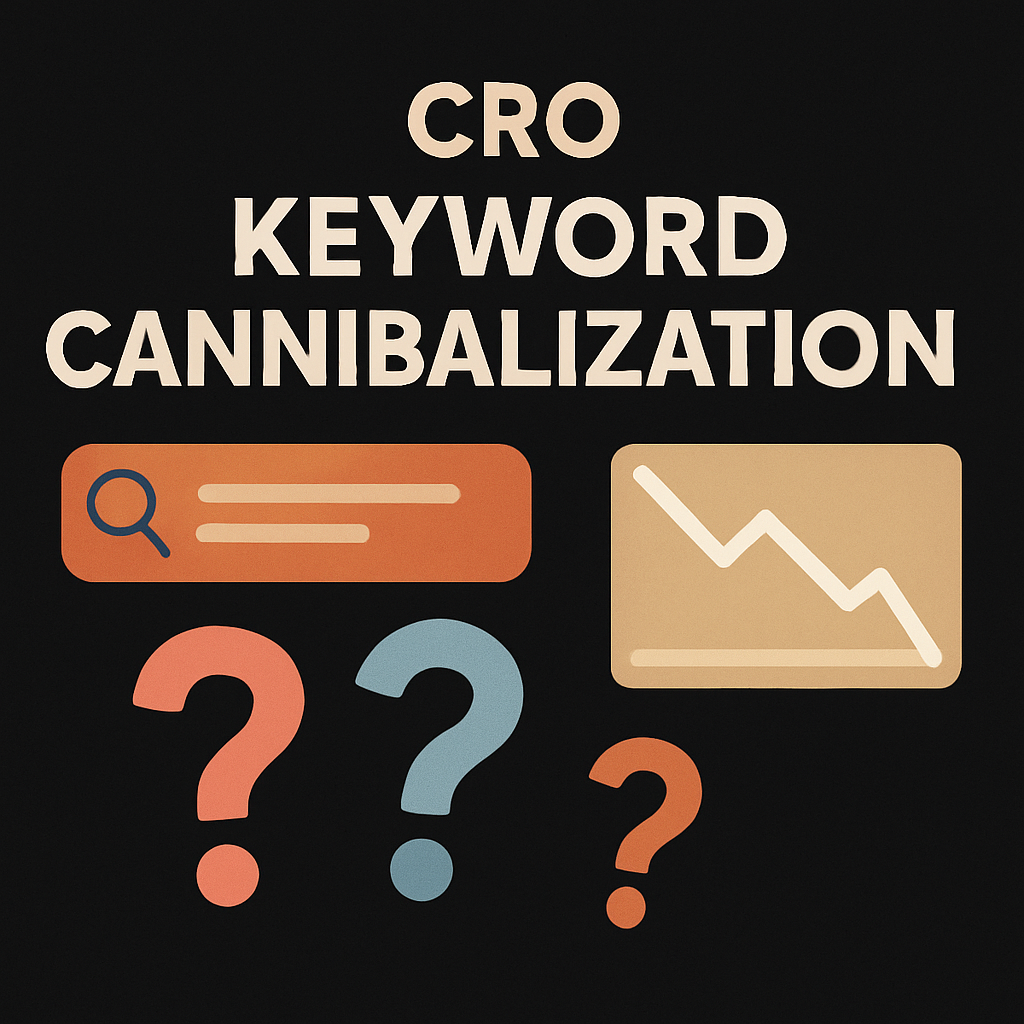


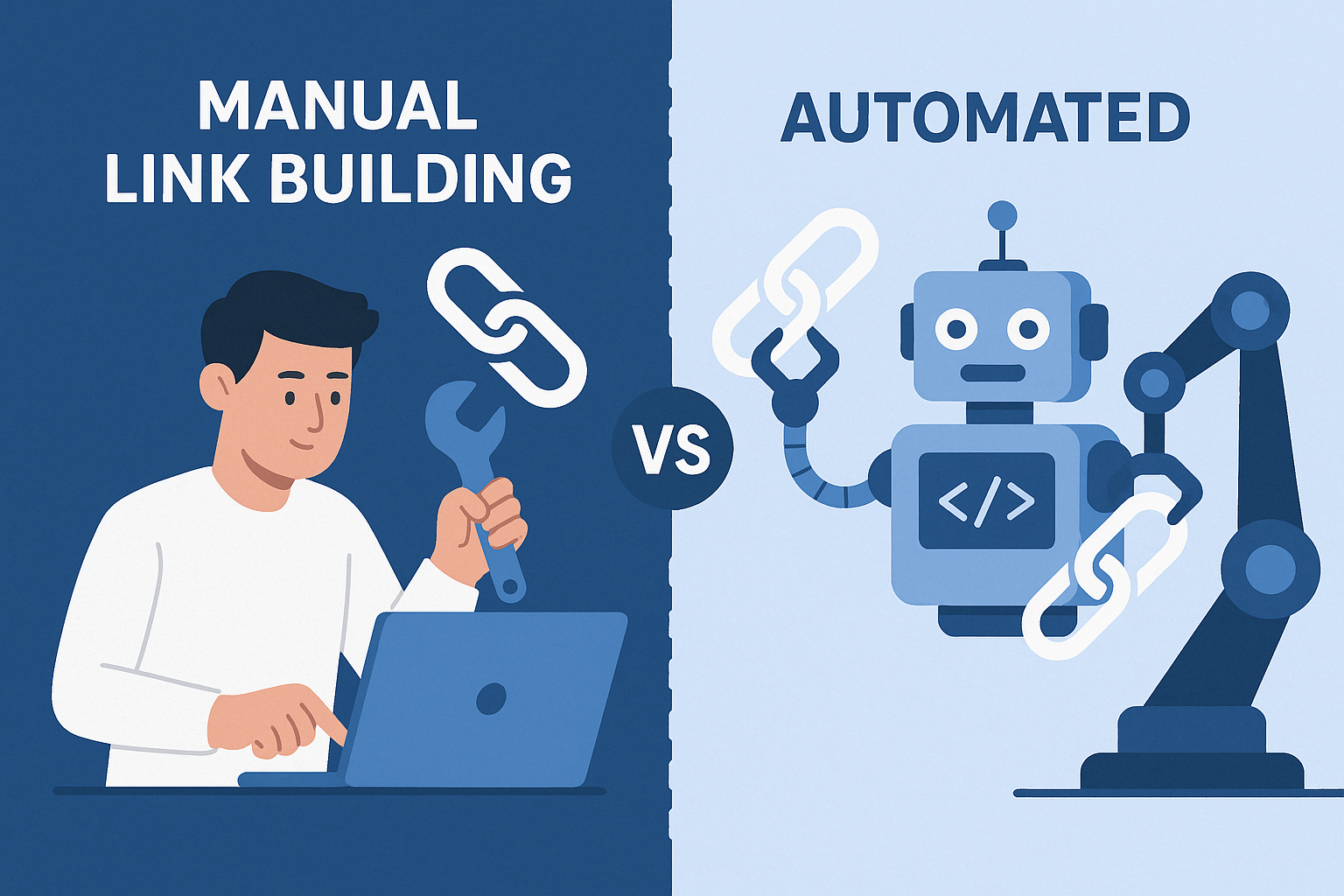



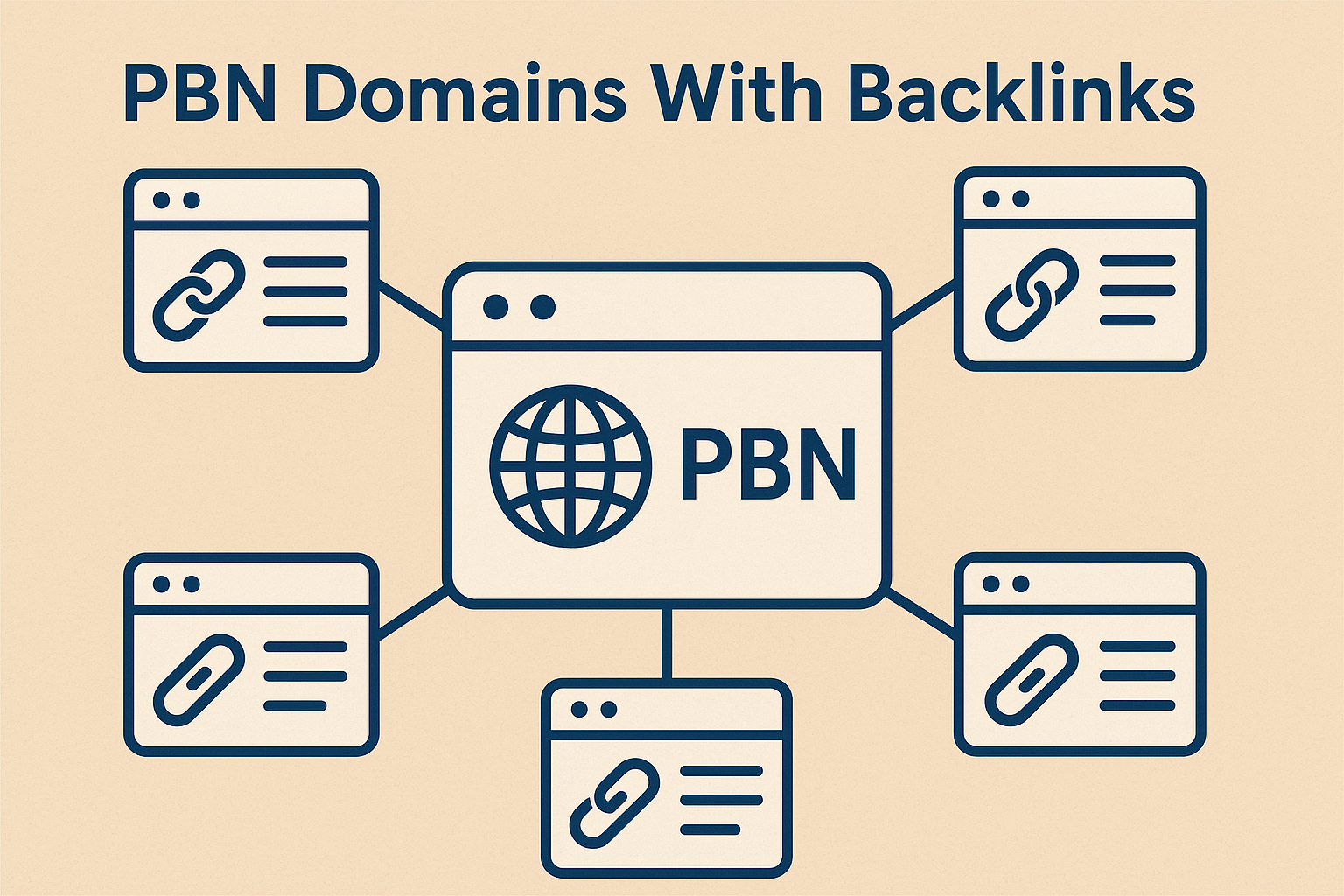
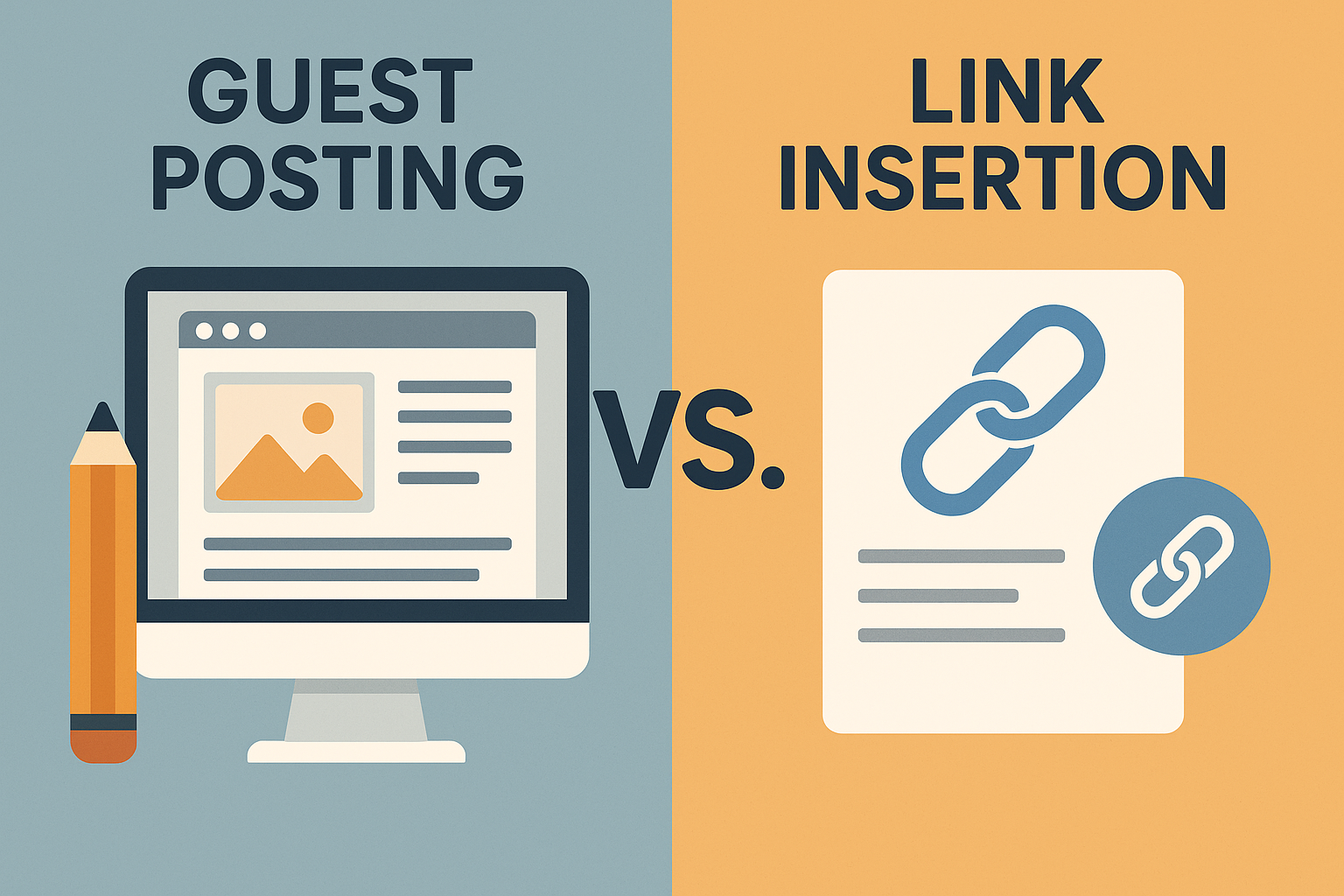

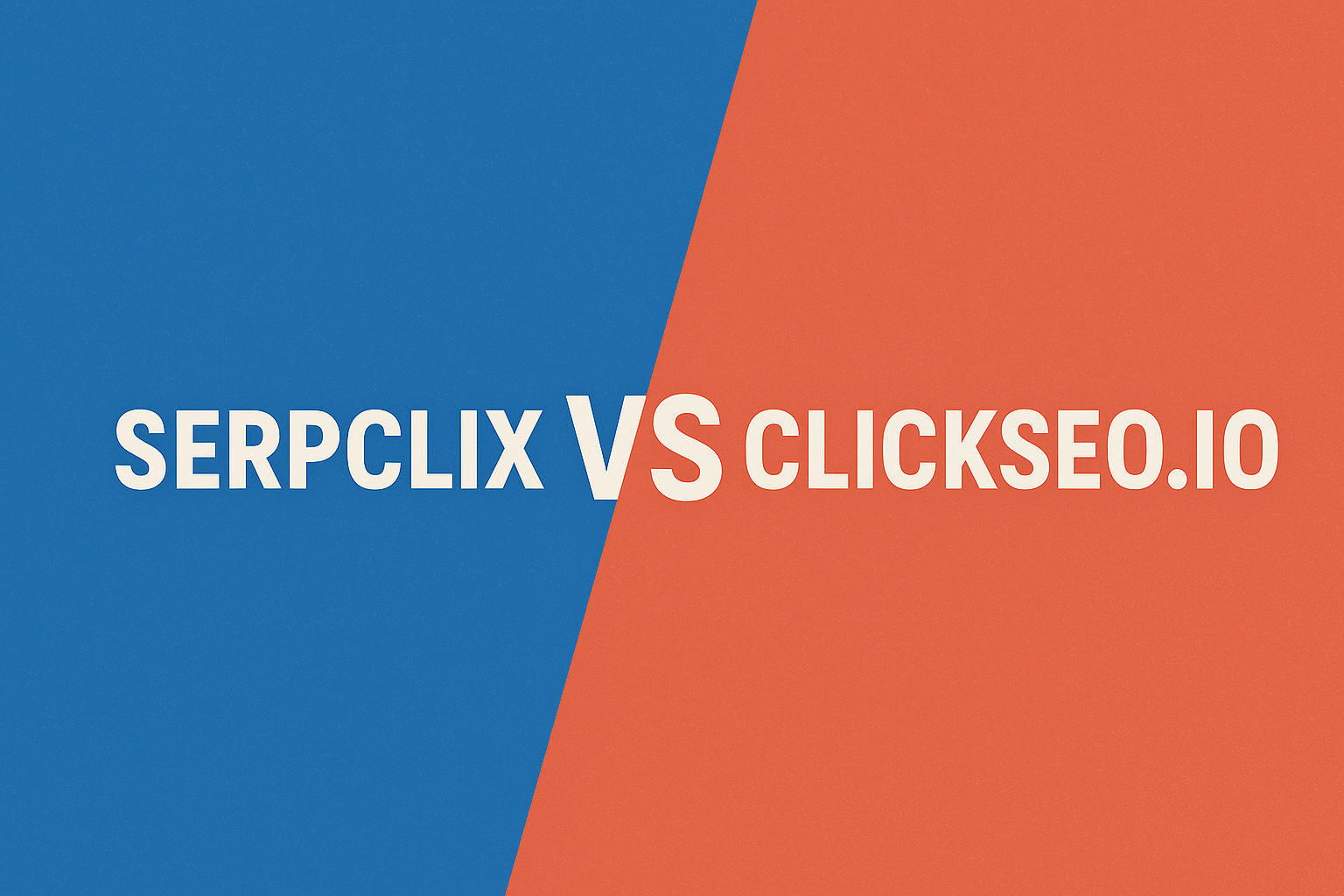

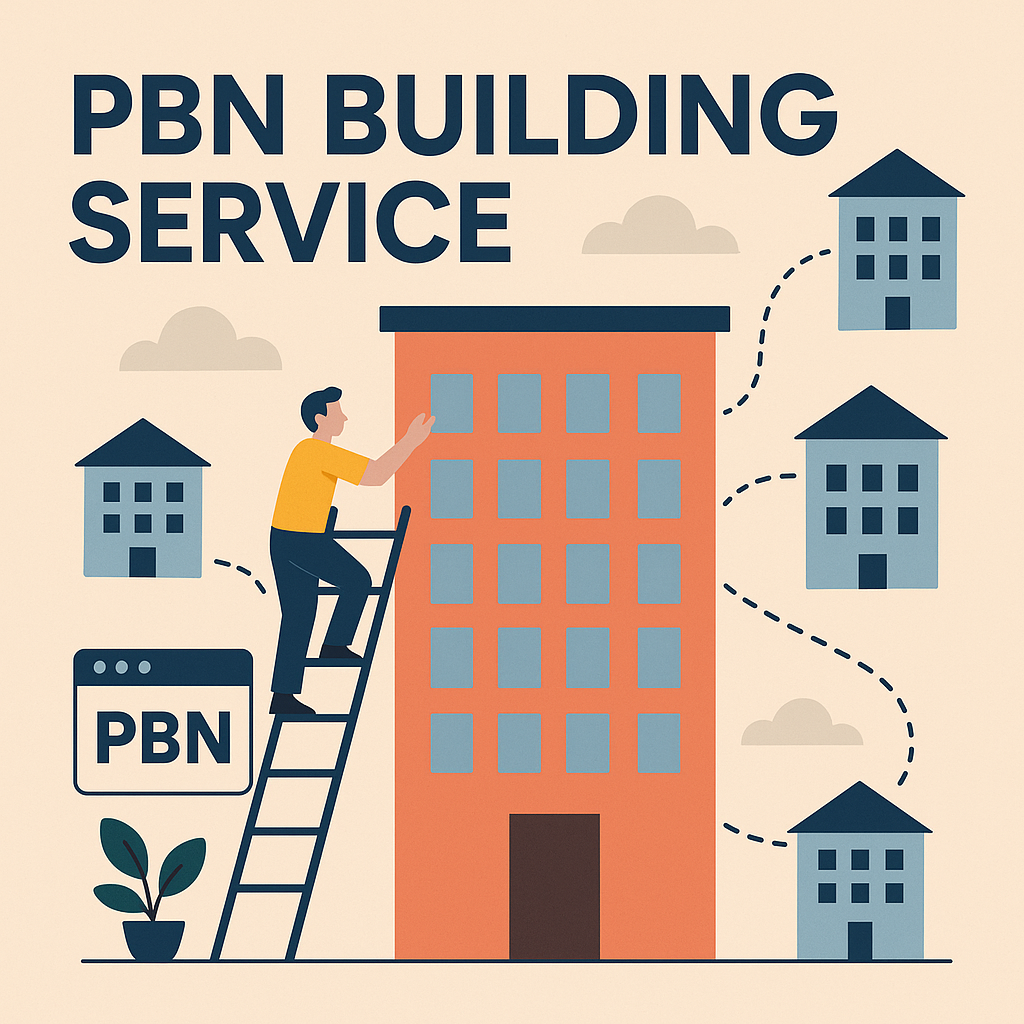
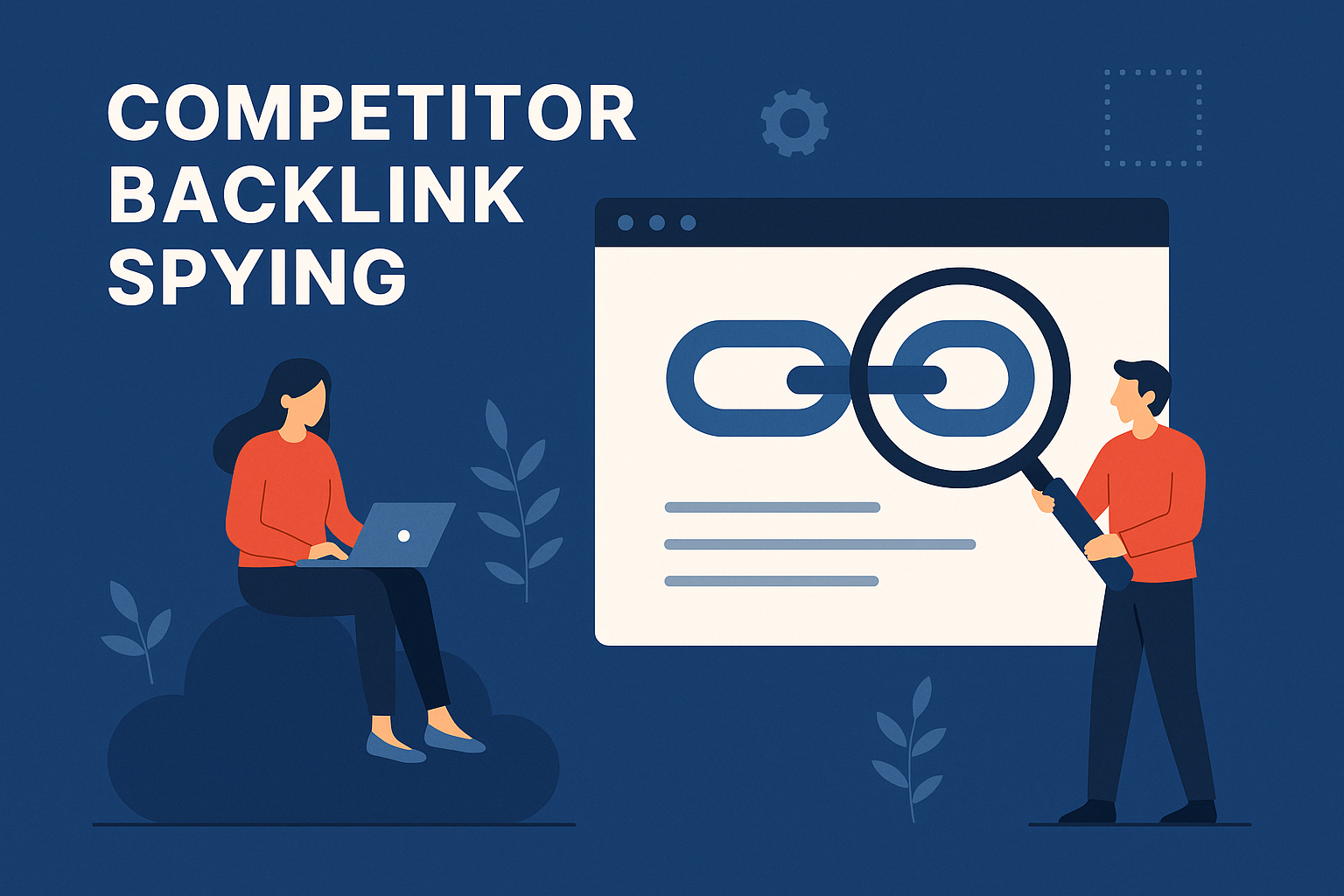

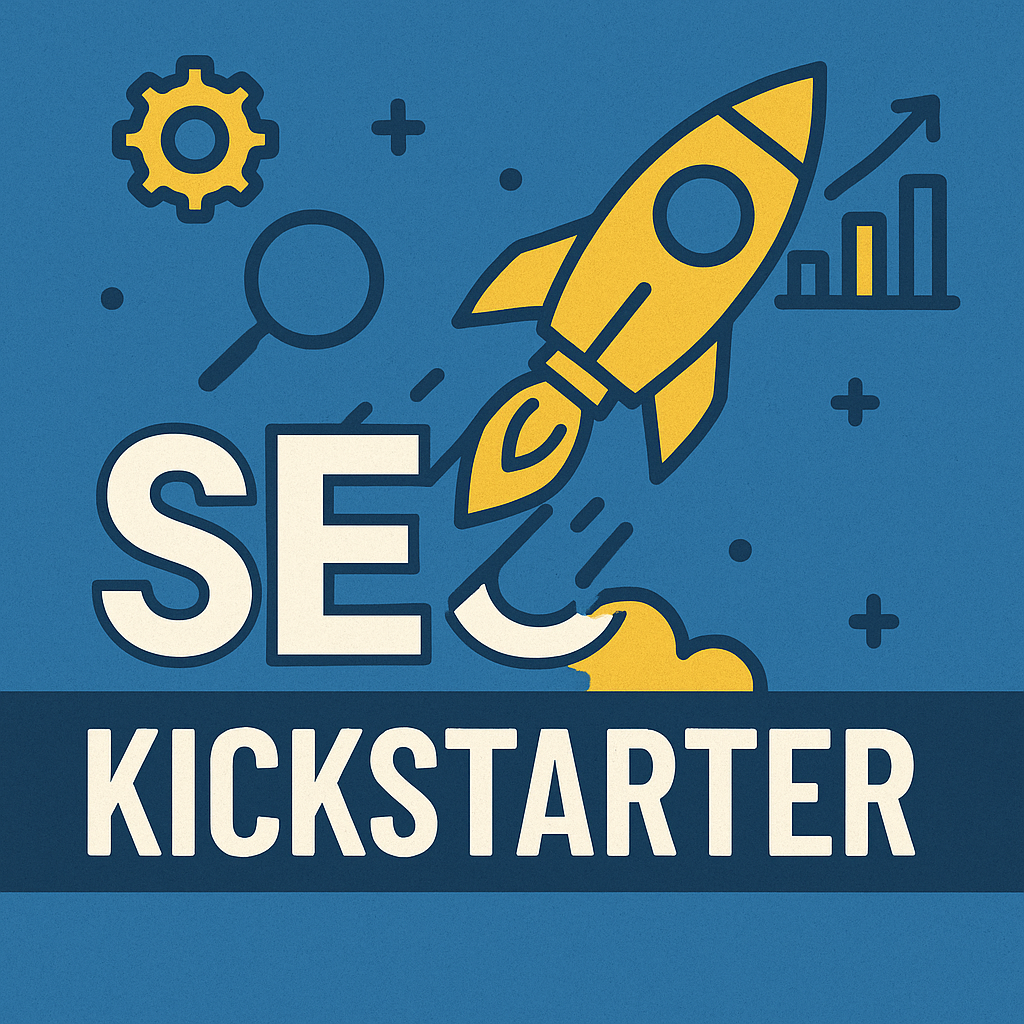
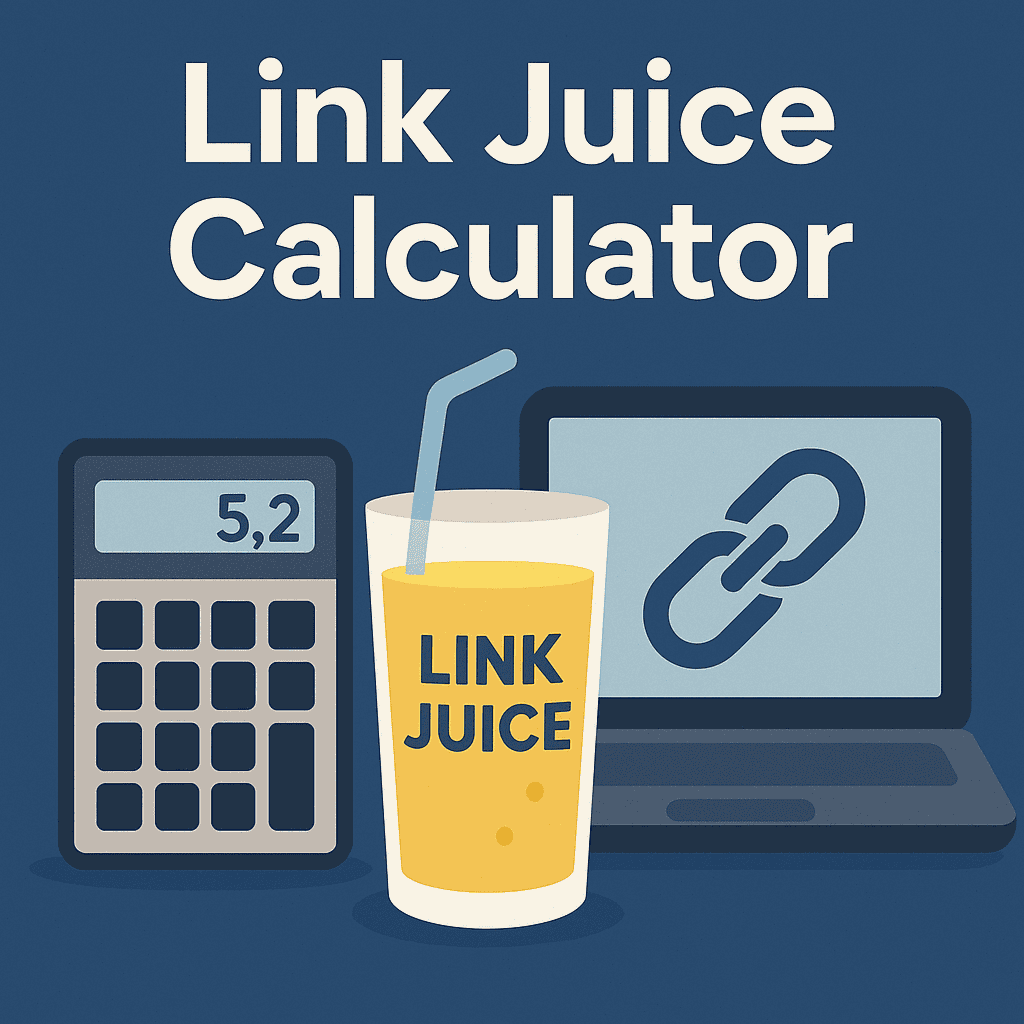
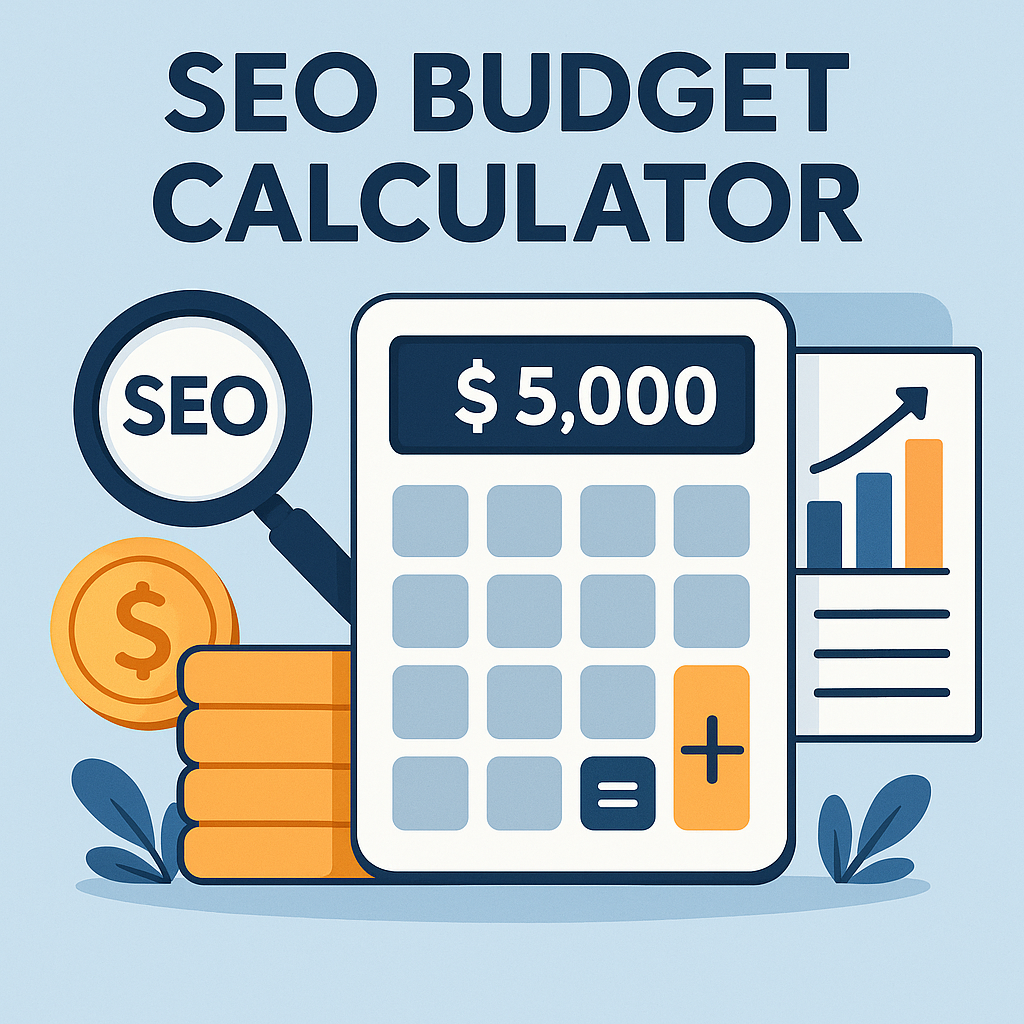

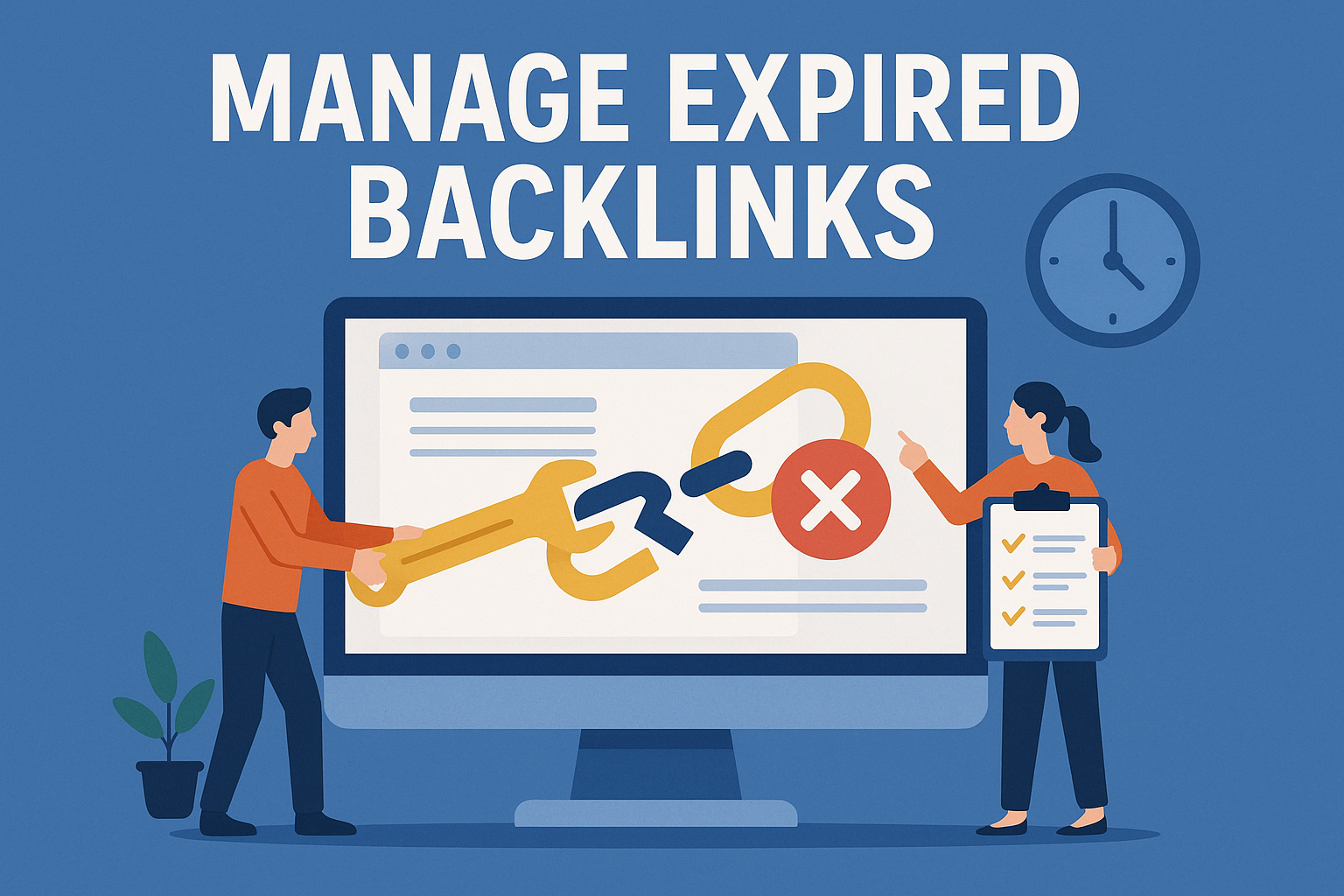
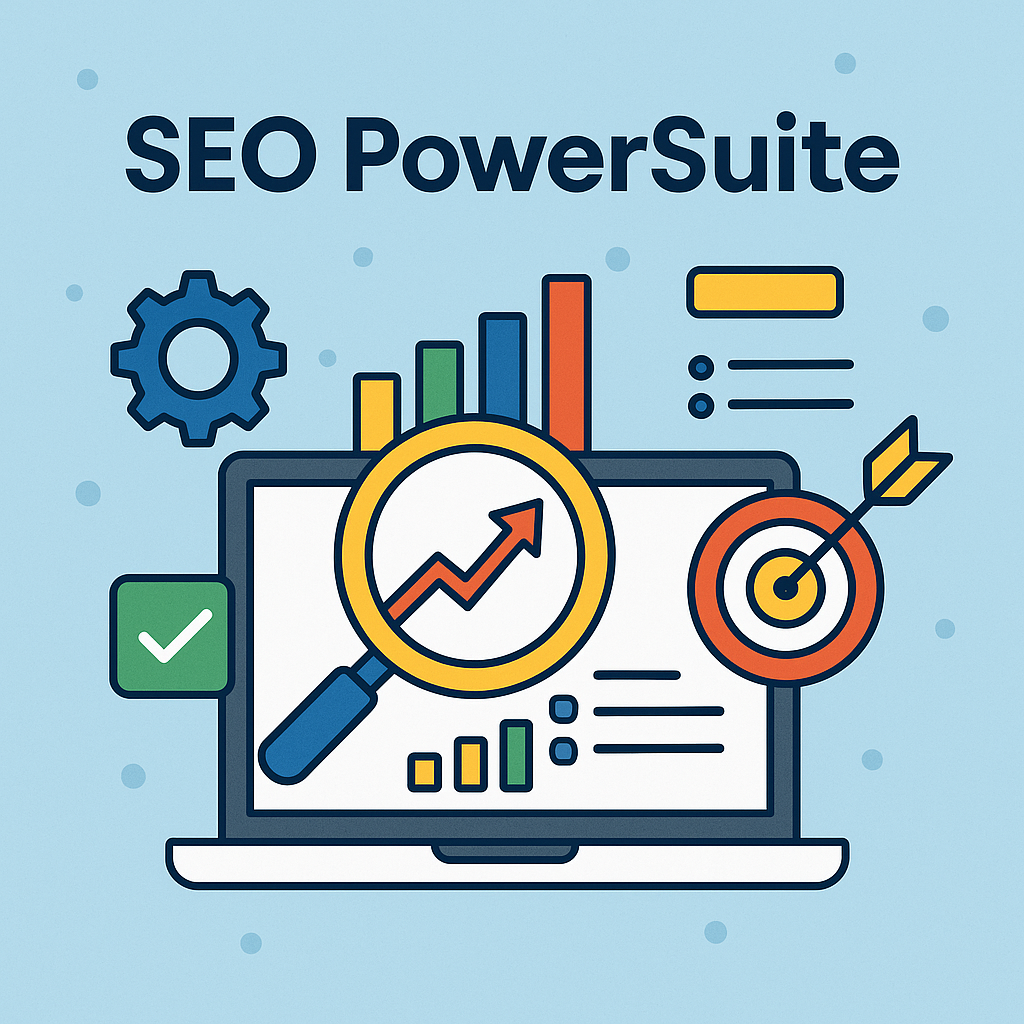
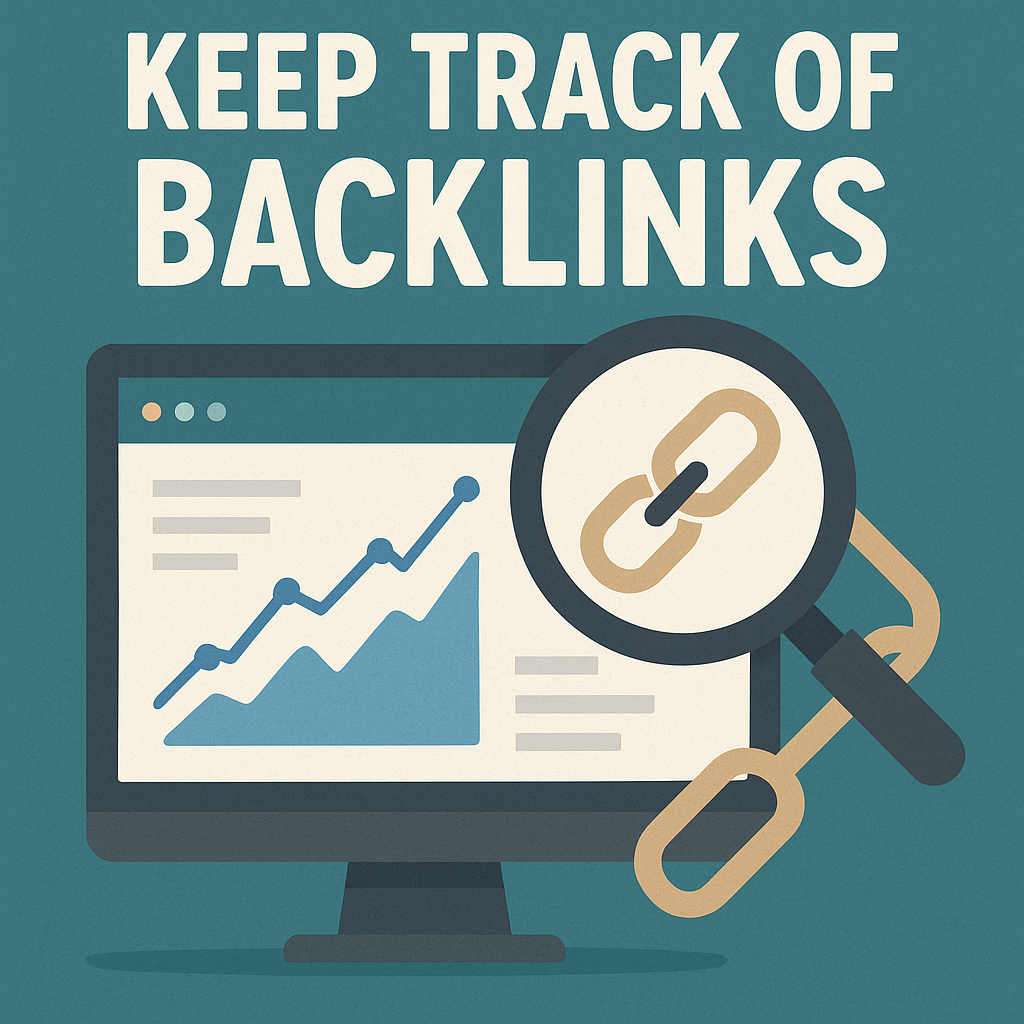
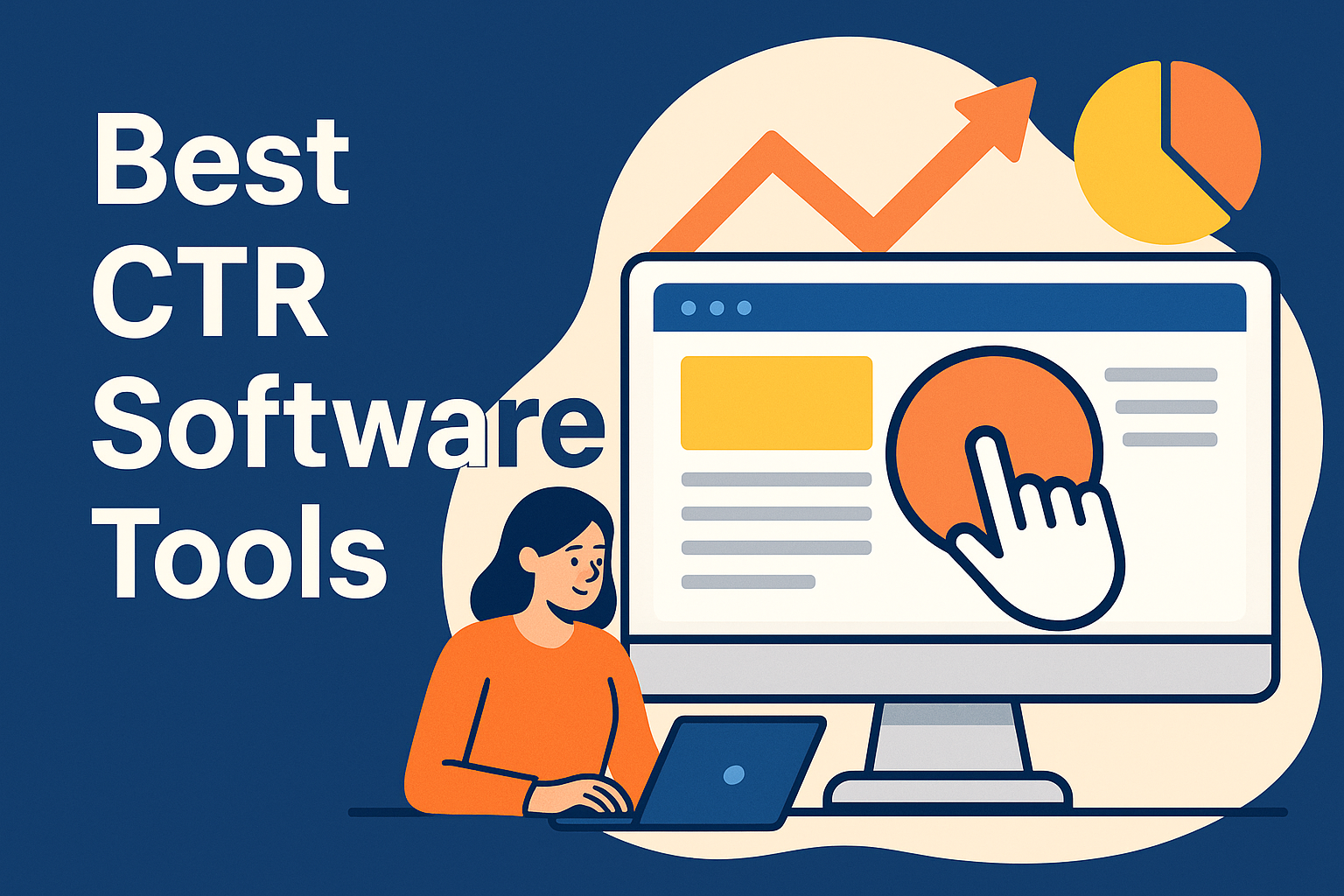
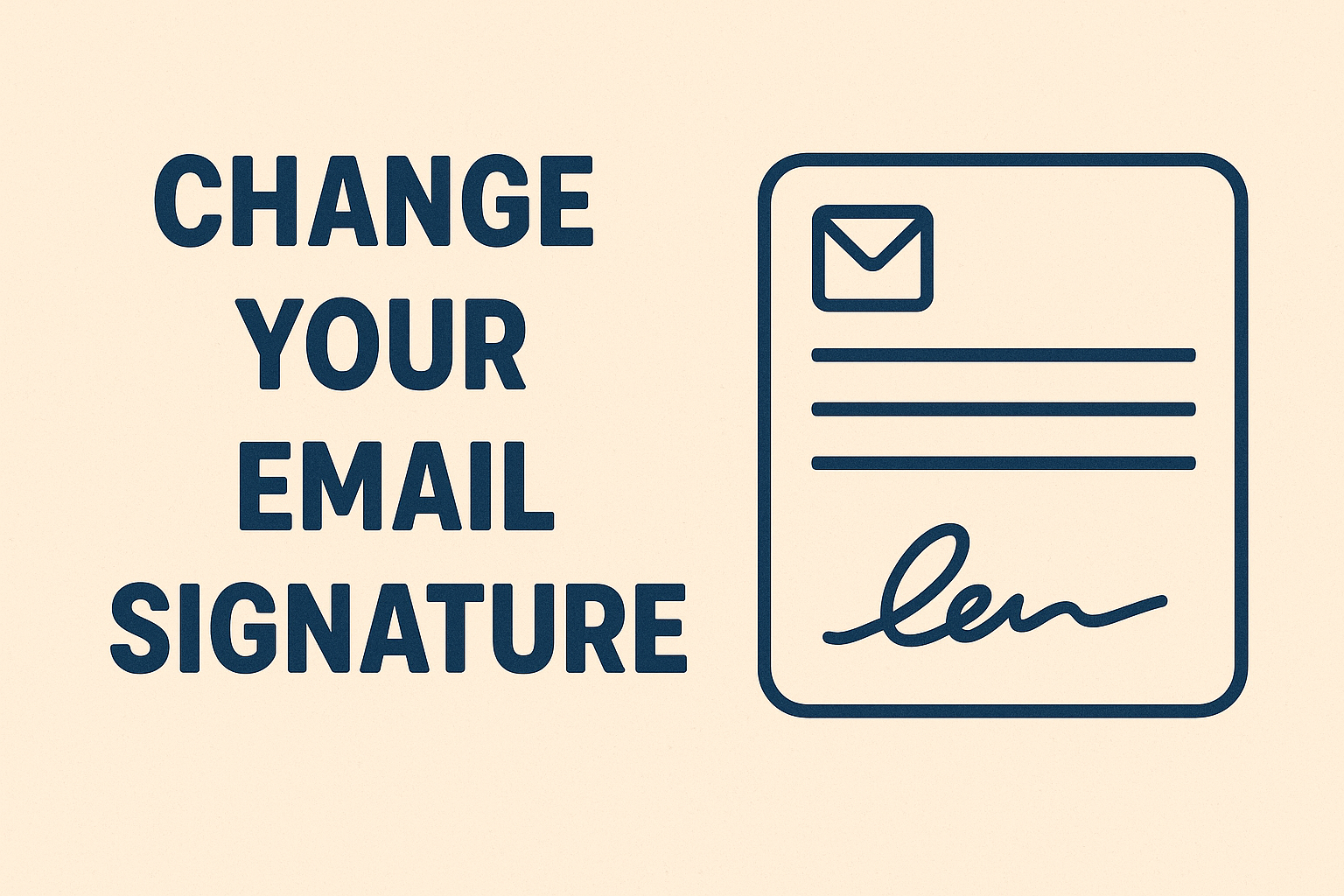
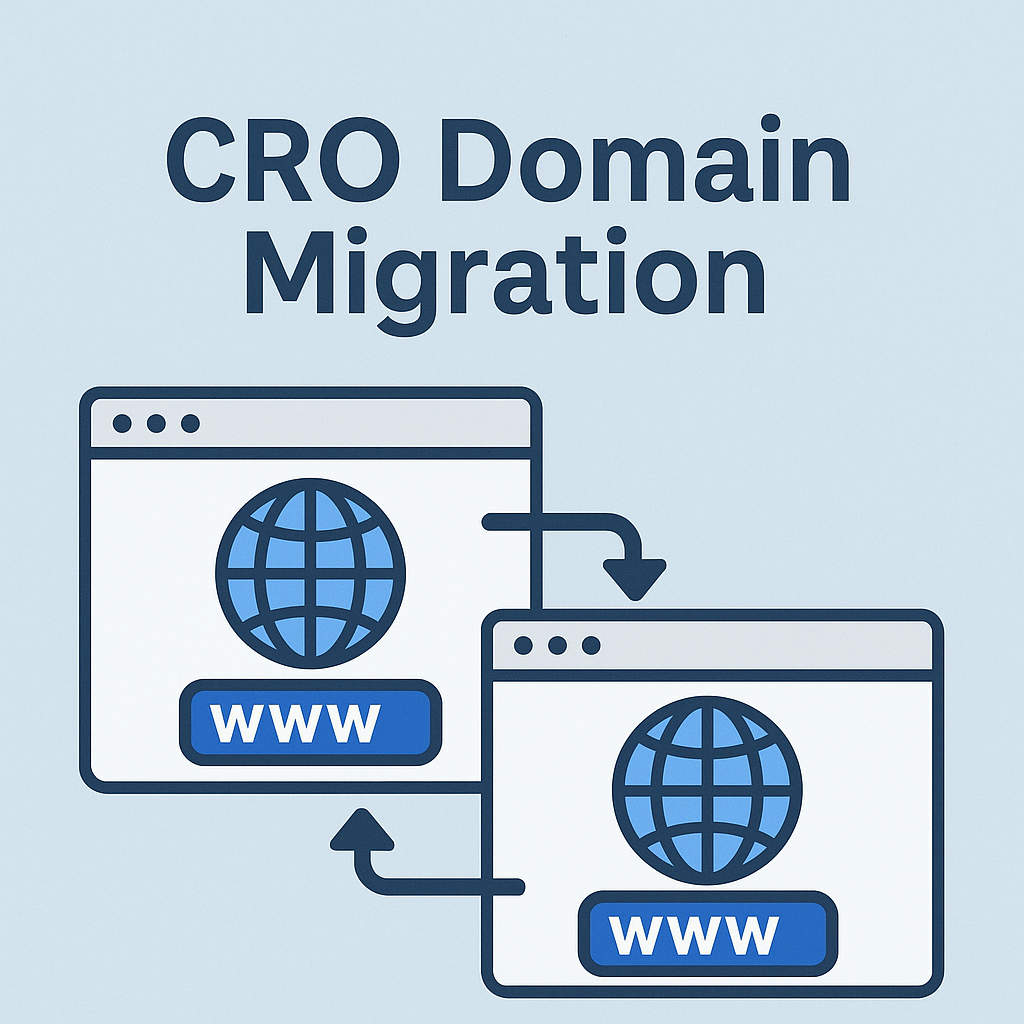


![Best Link Exchange Sites [Free & Safe] – Top 5 Picks](https://backlinkmanagement.io/wp-content/uploads/2025/04/Free-Link-Exchange.png)
